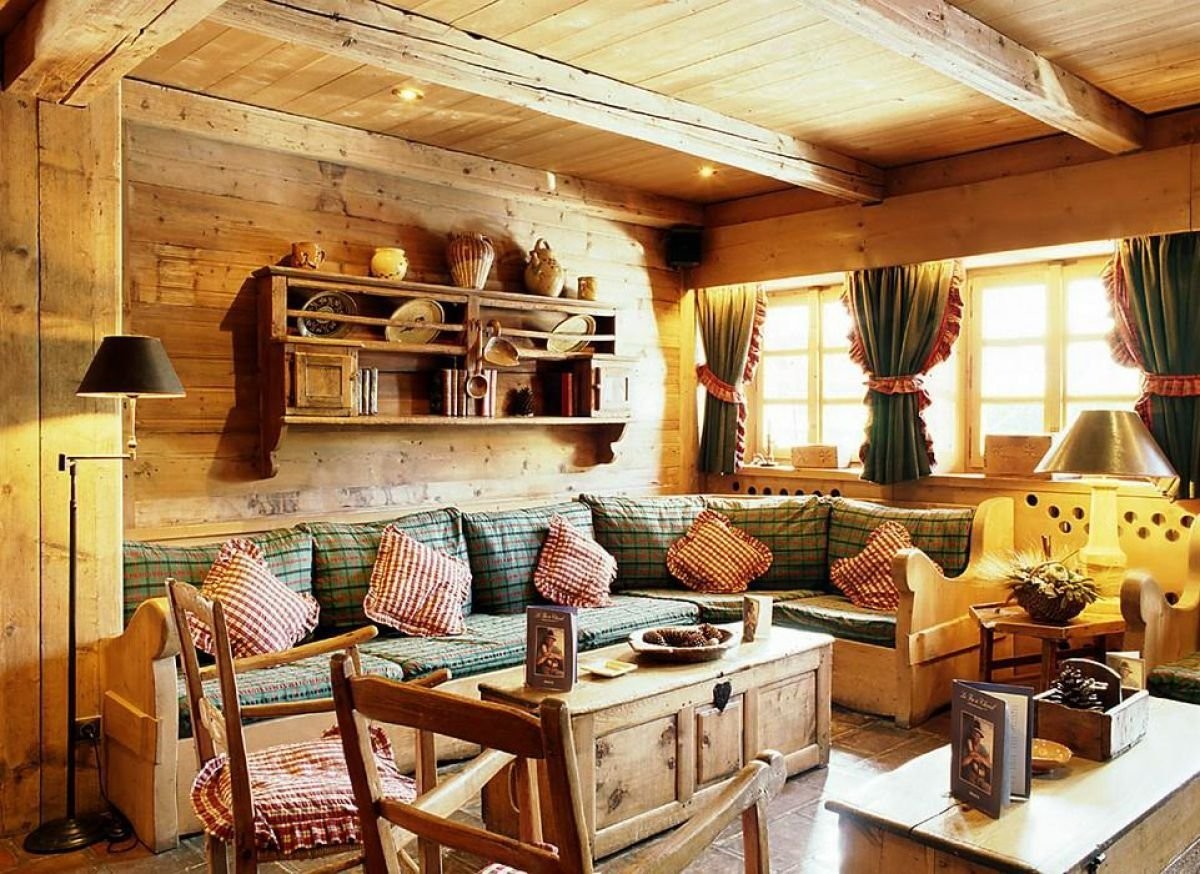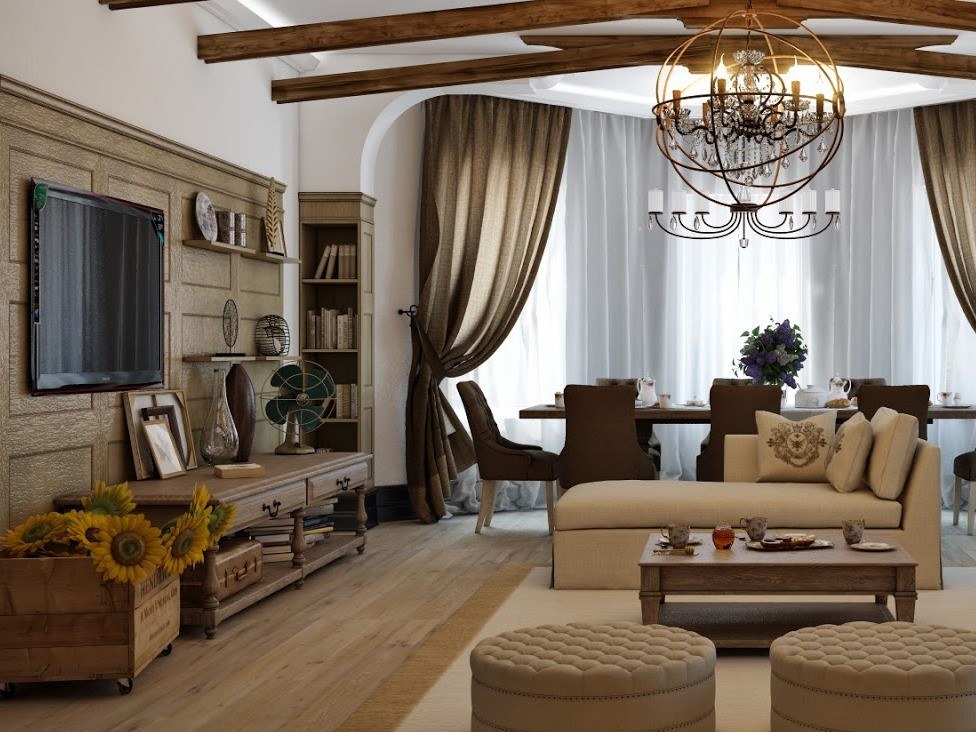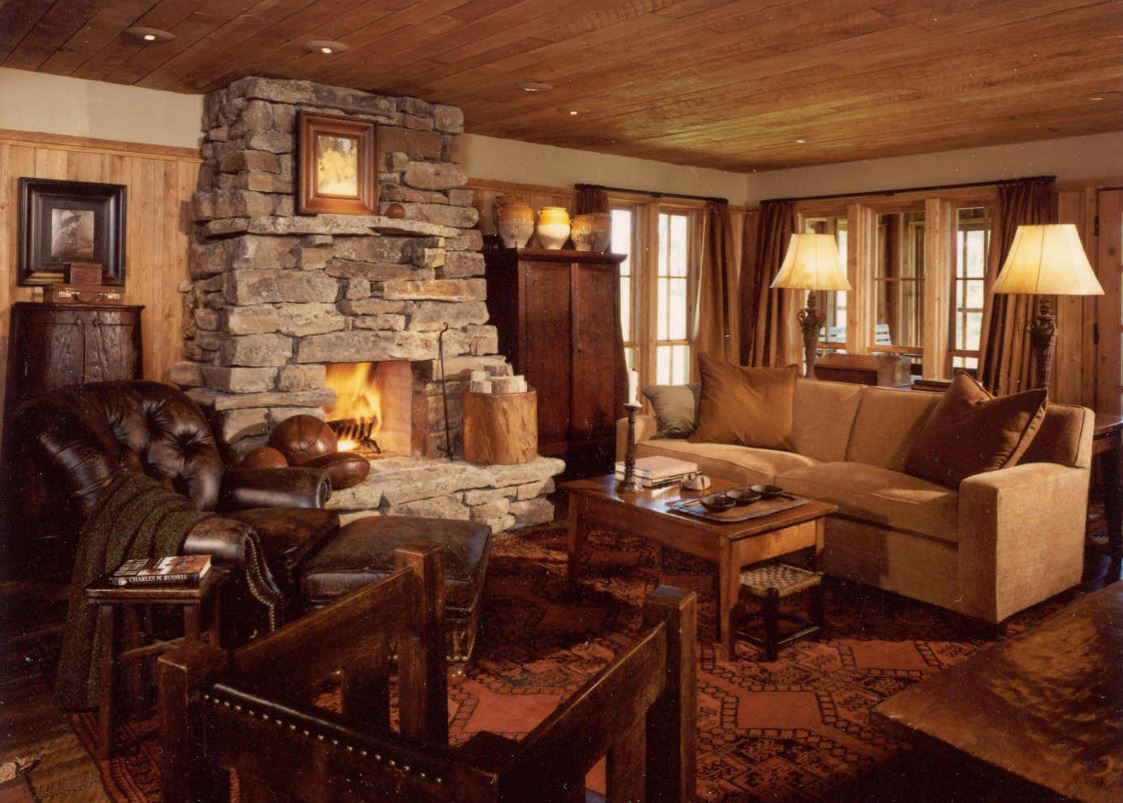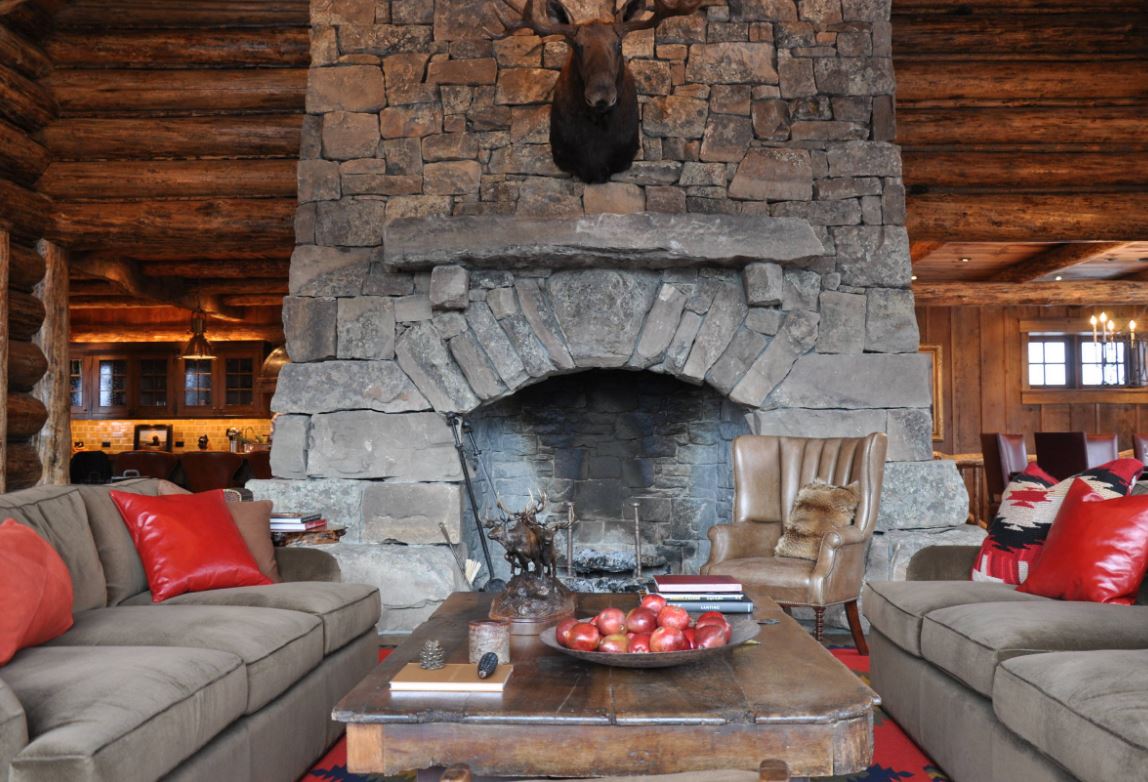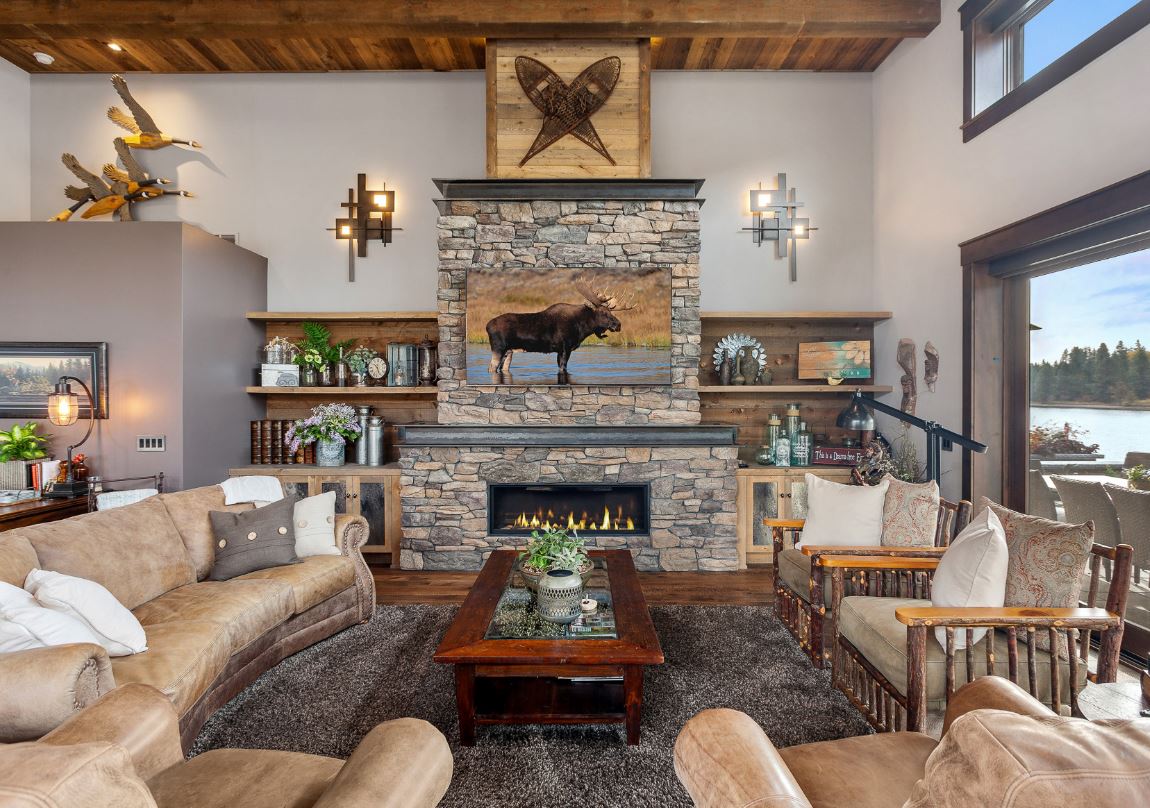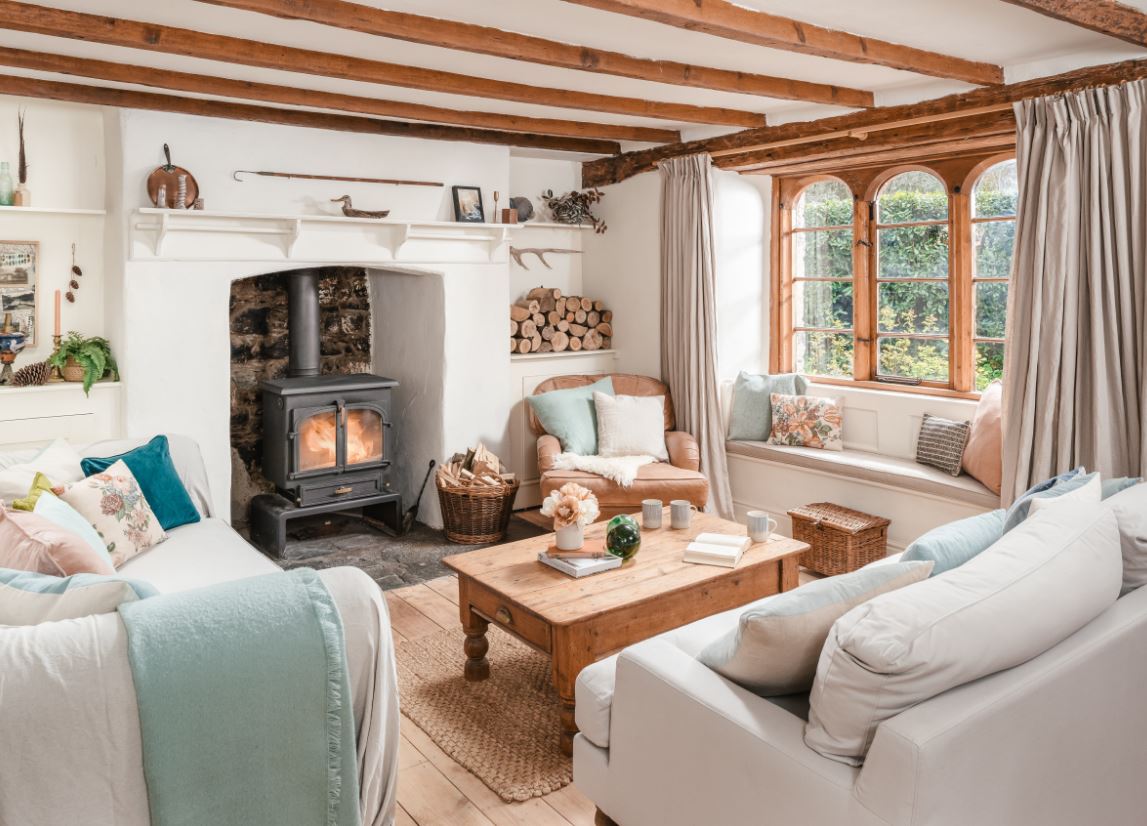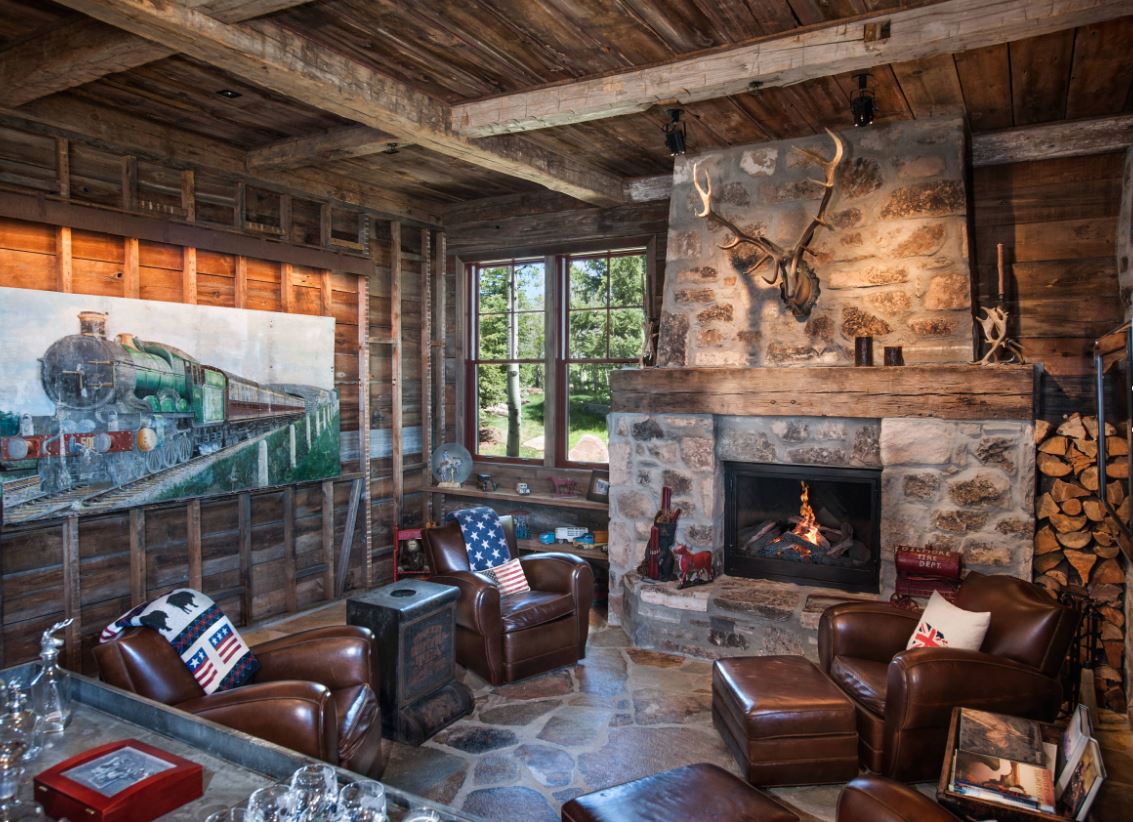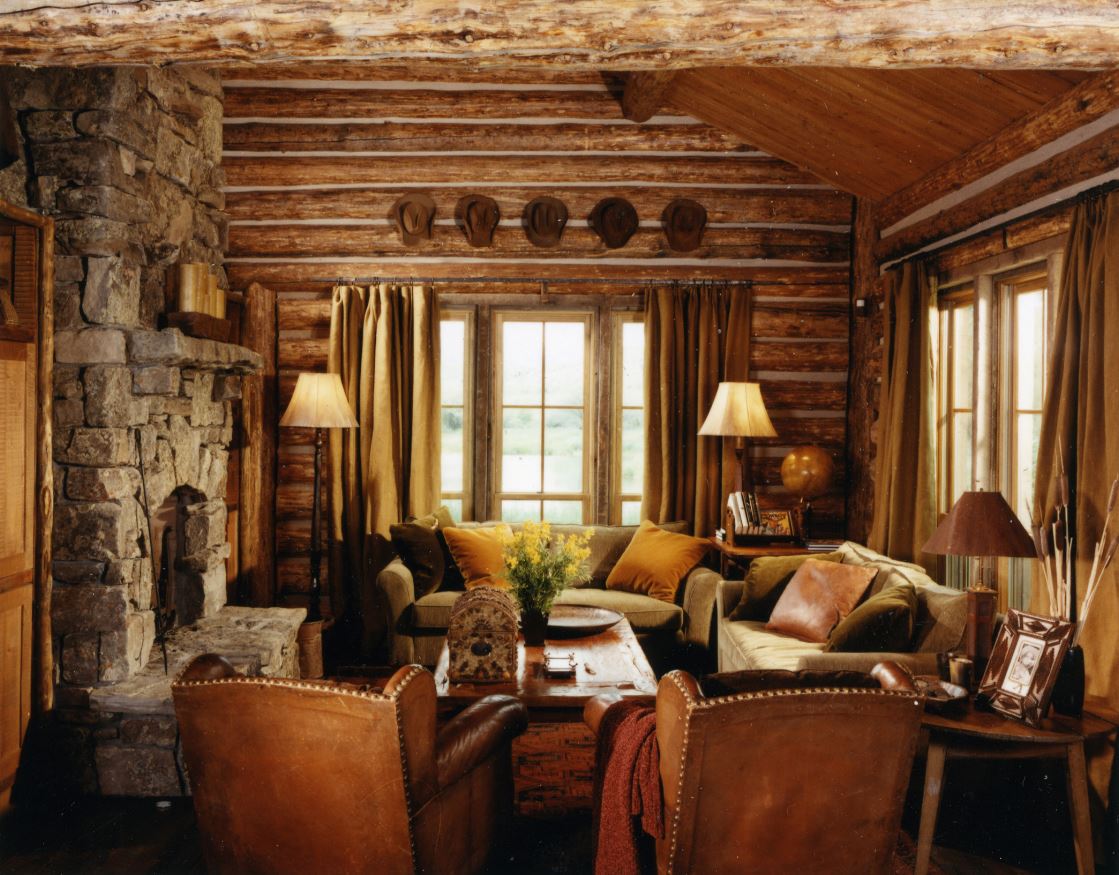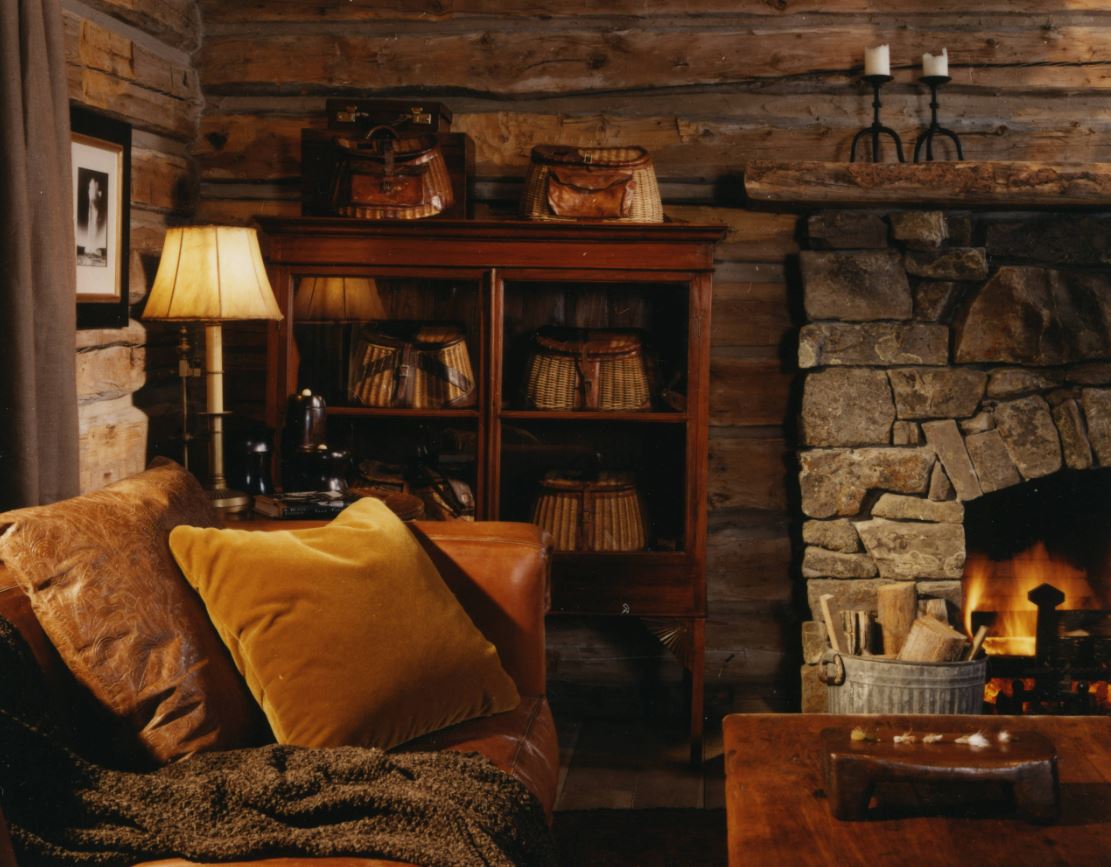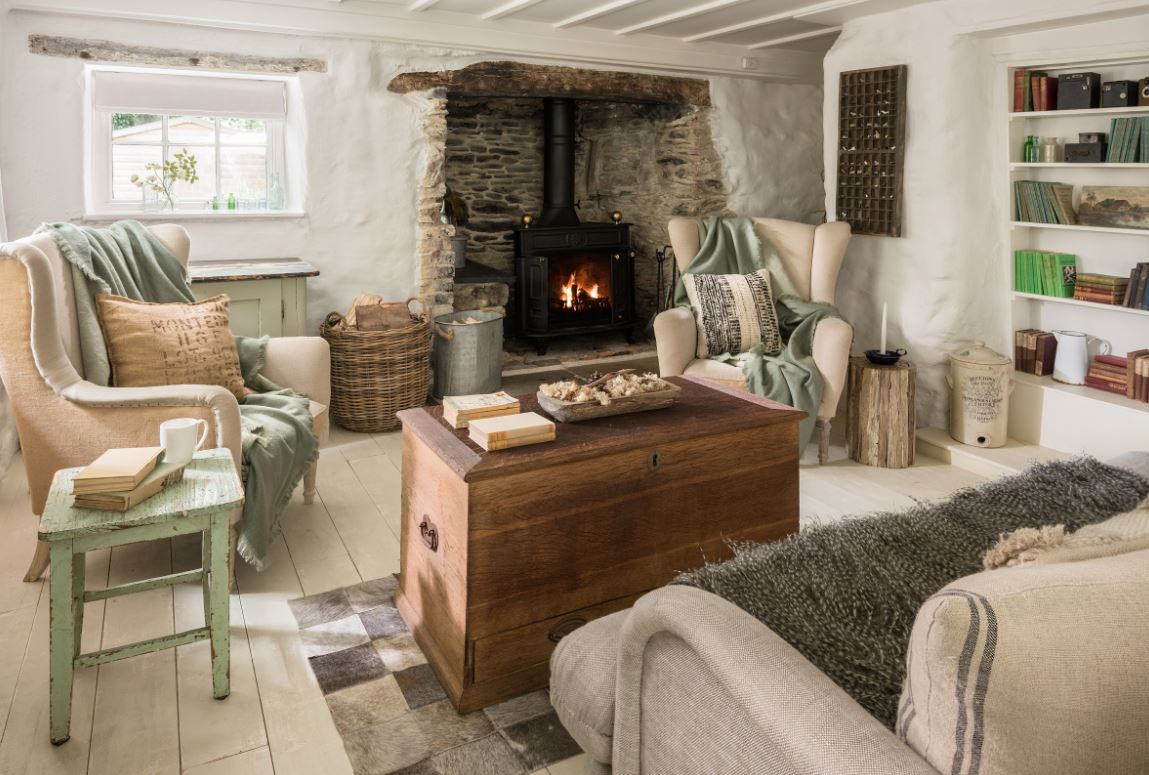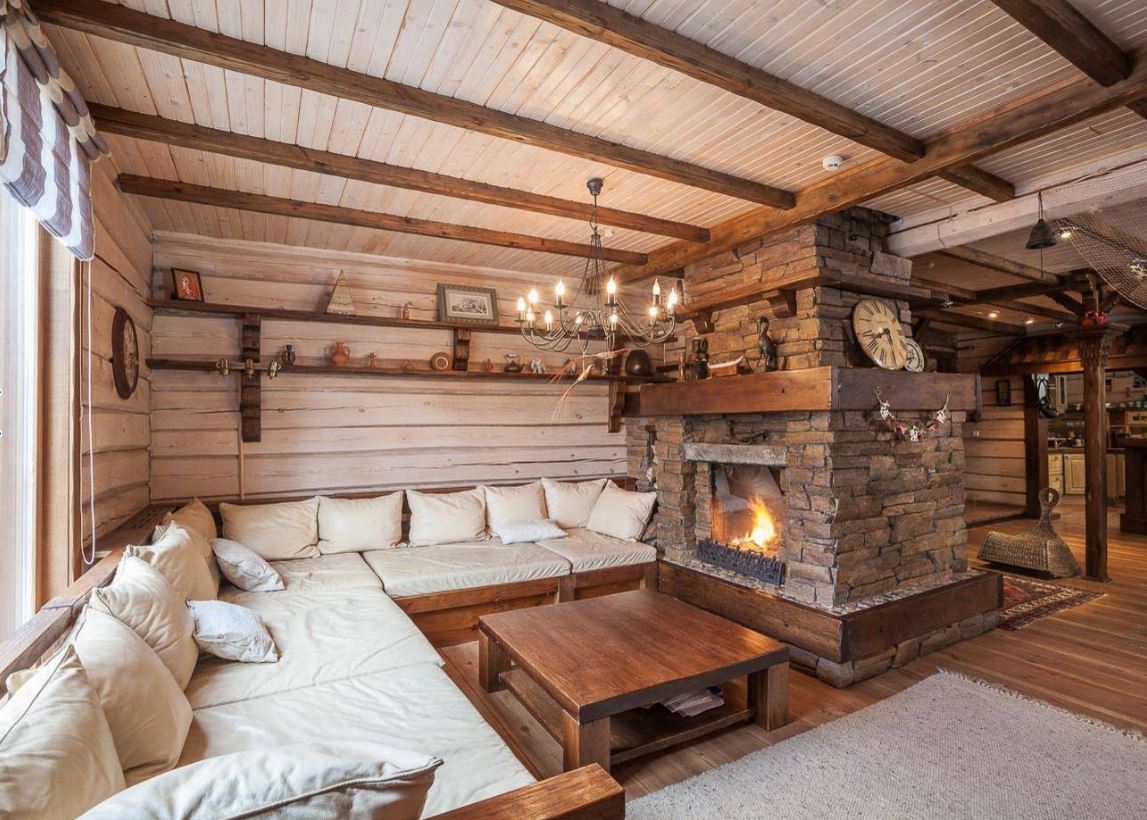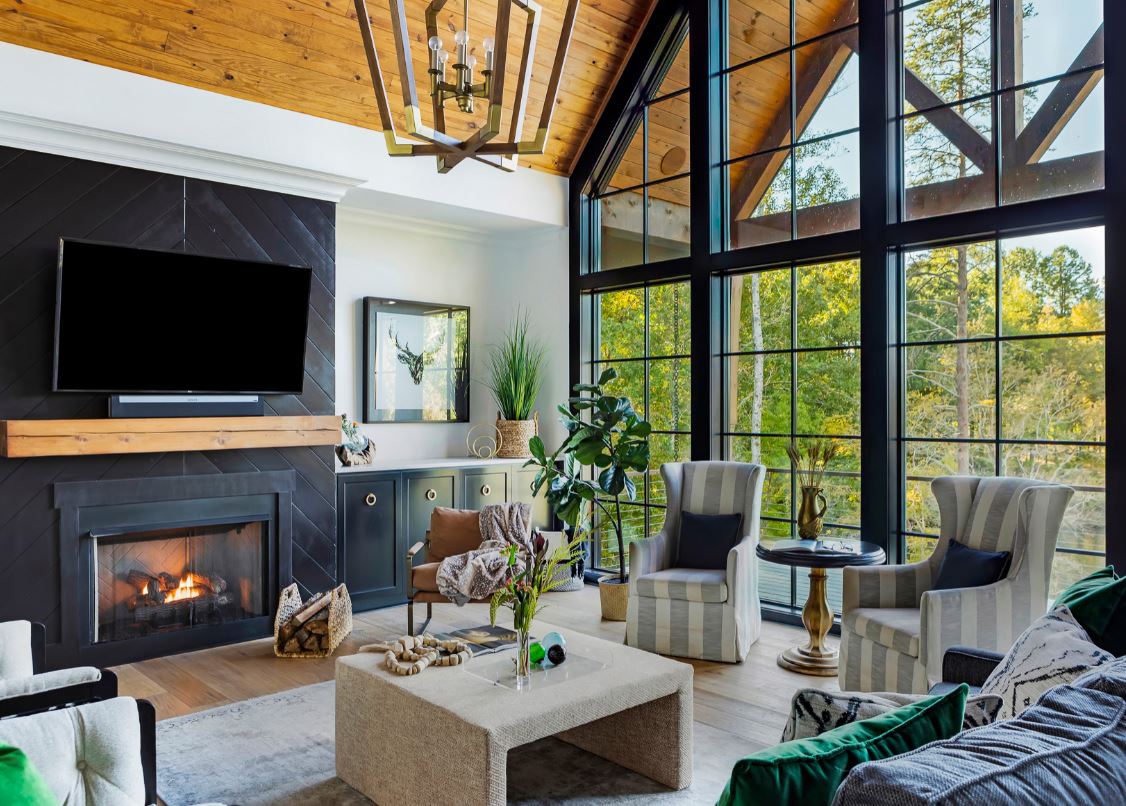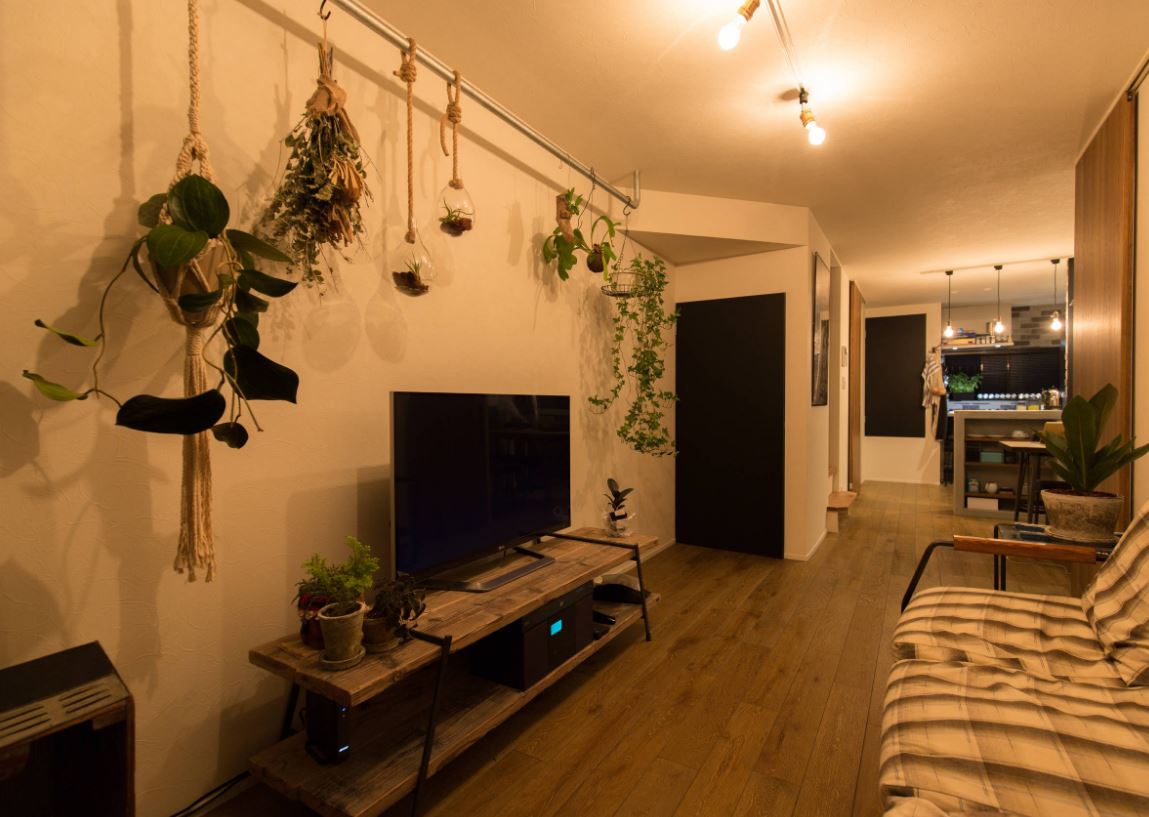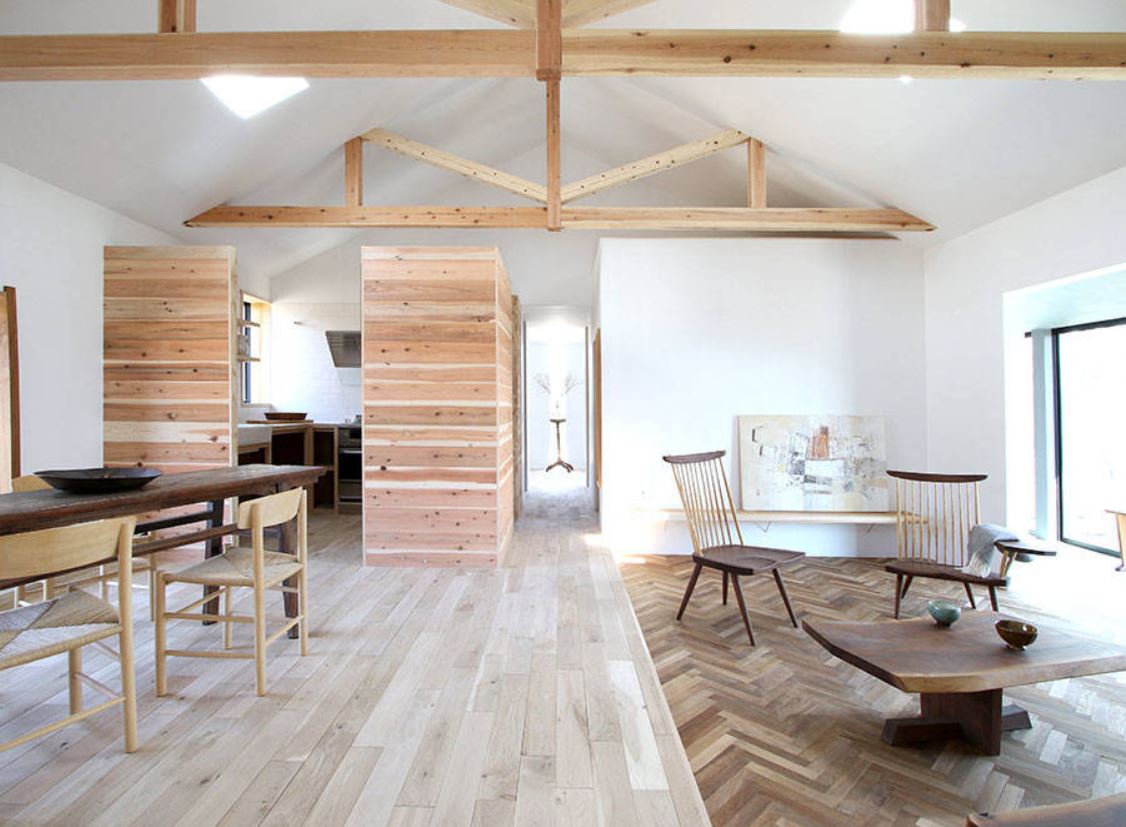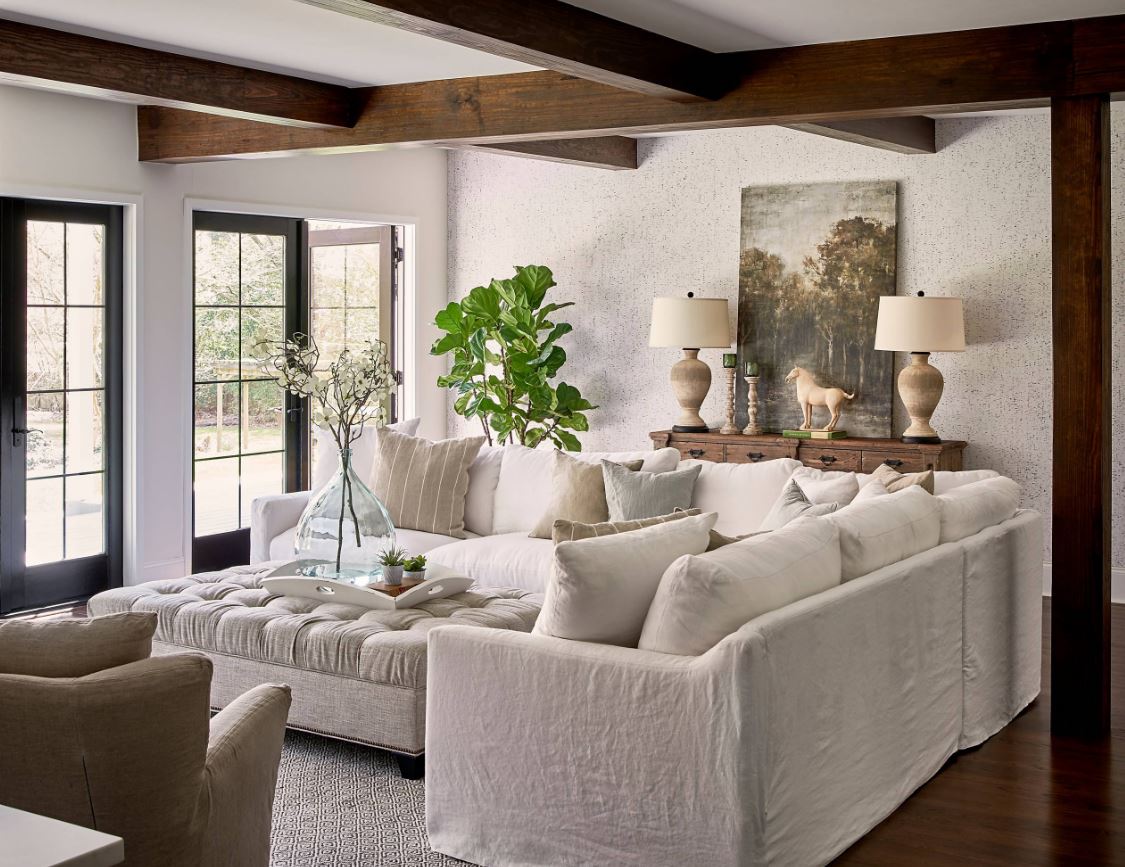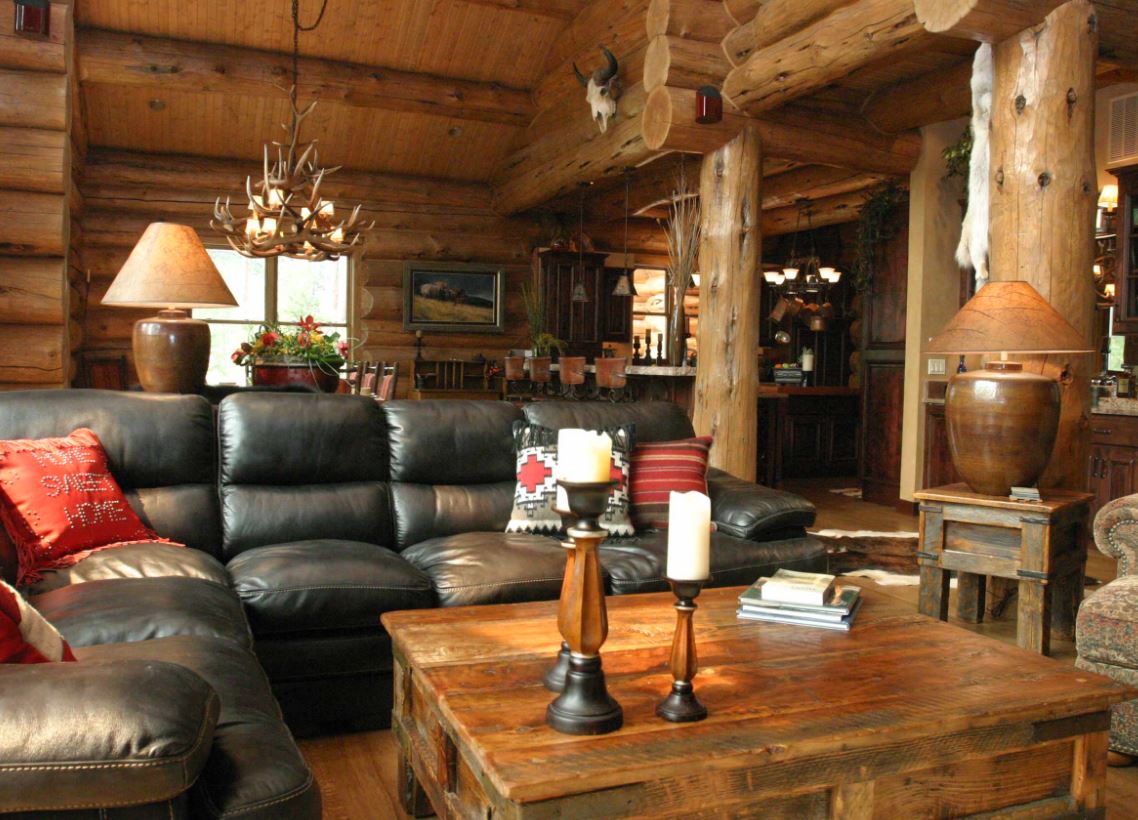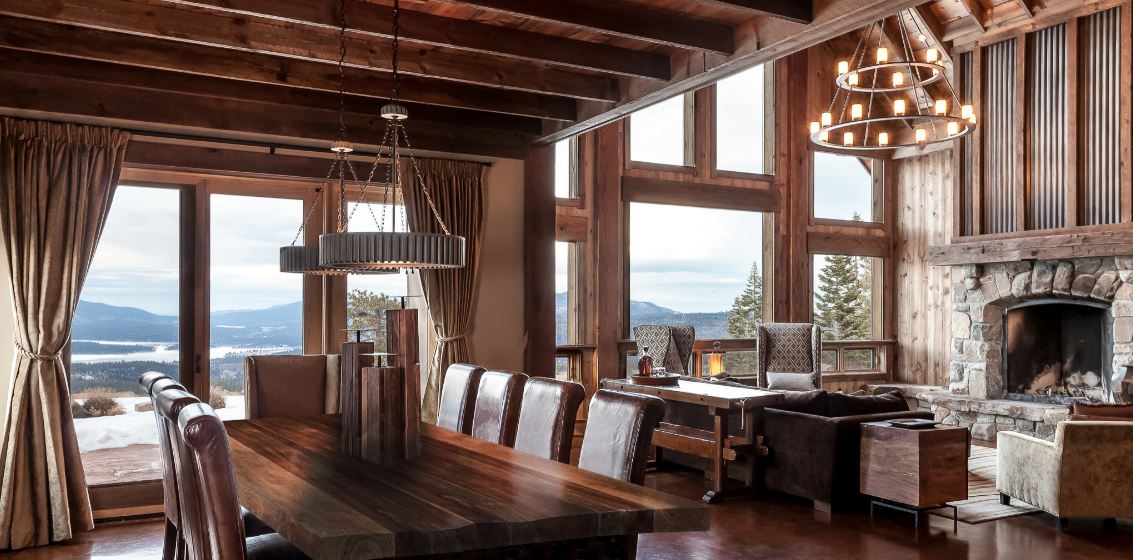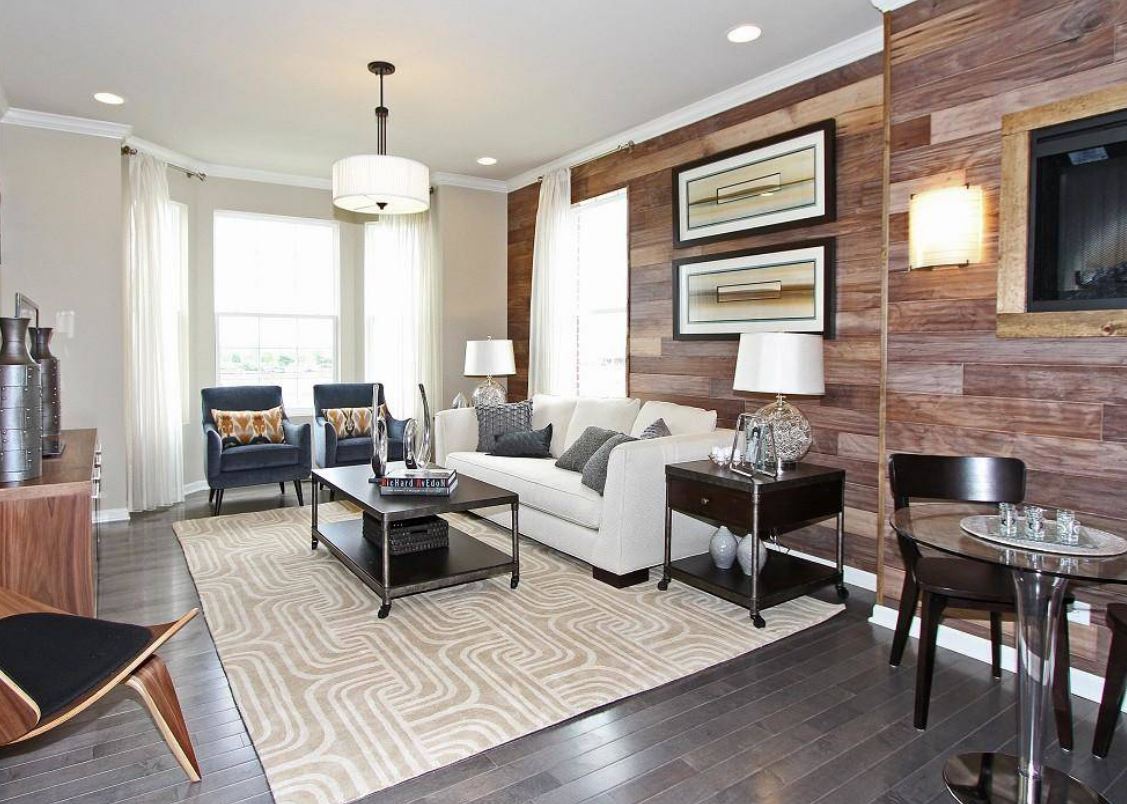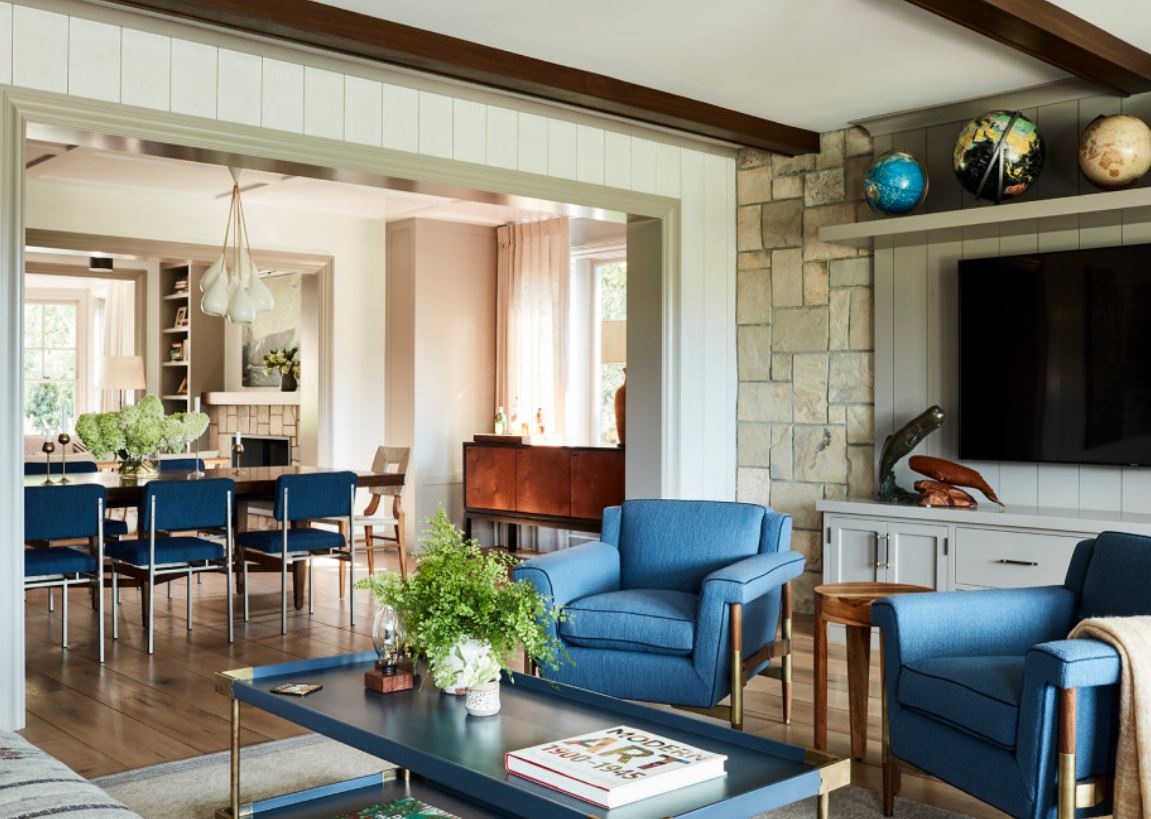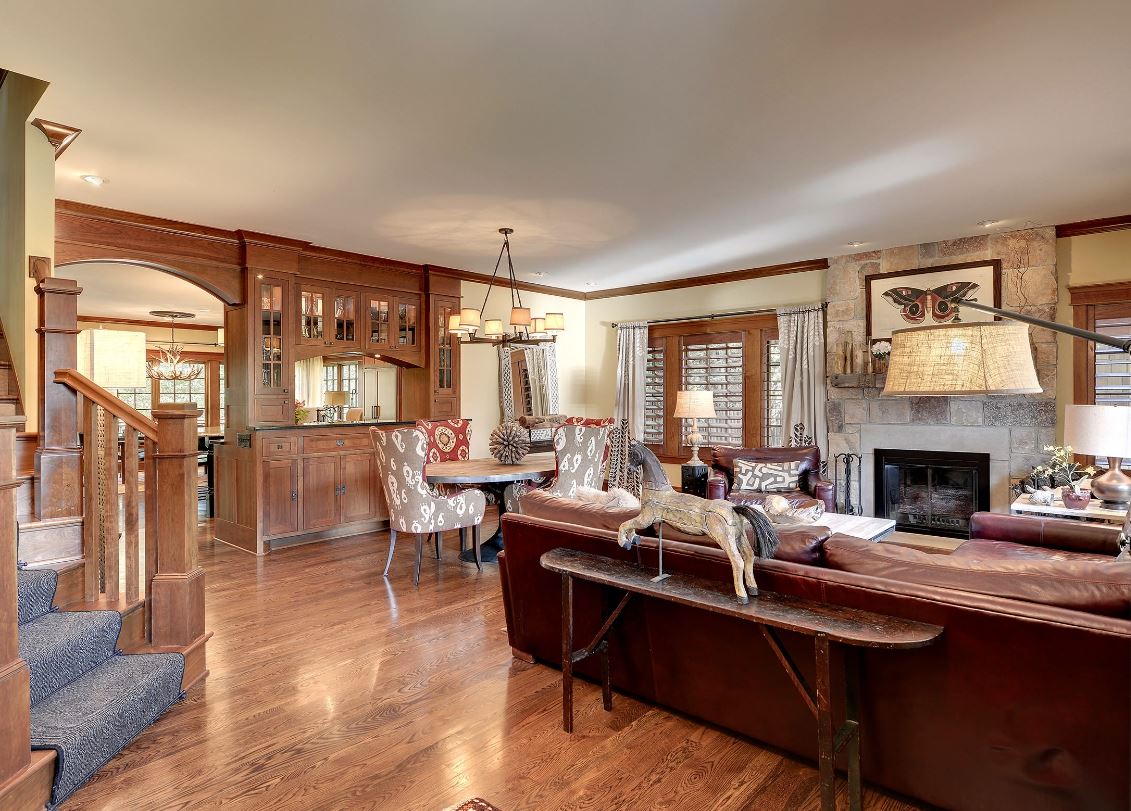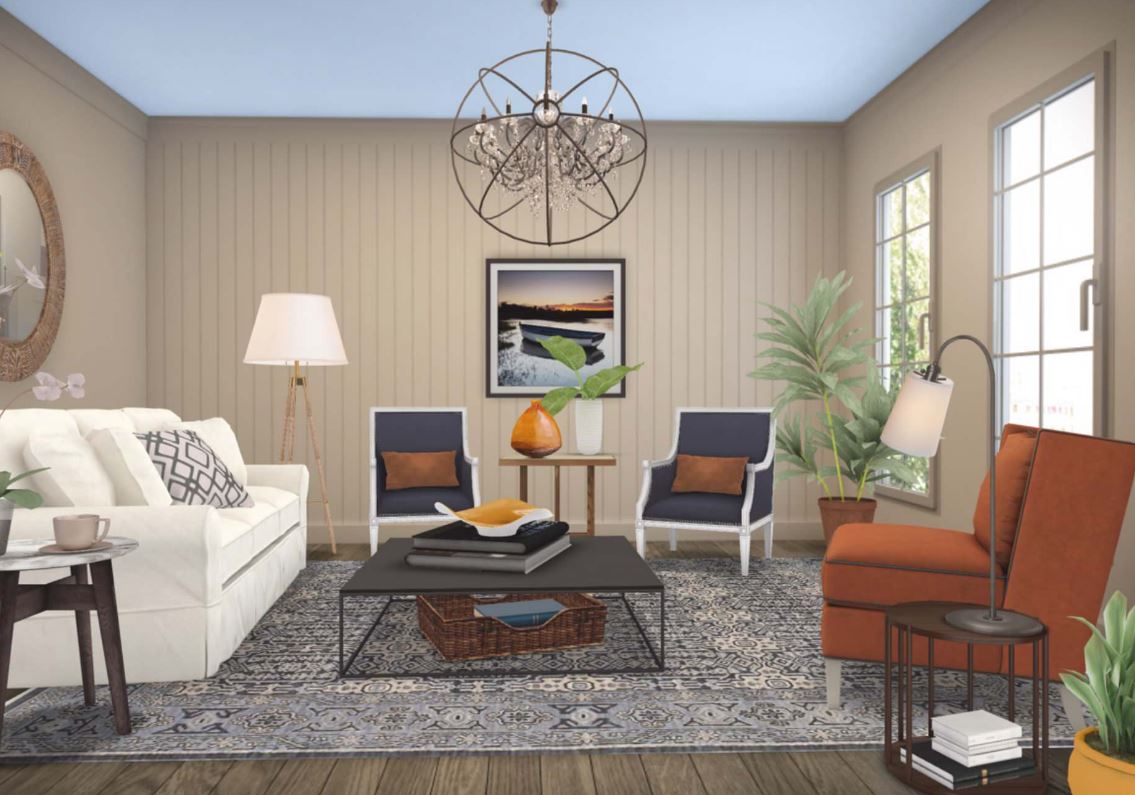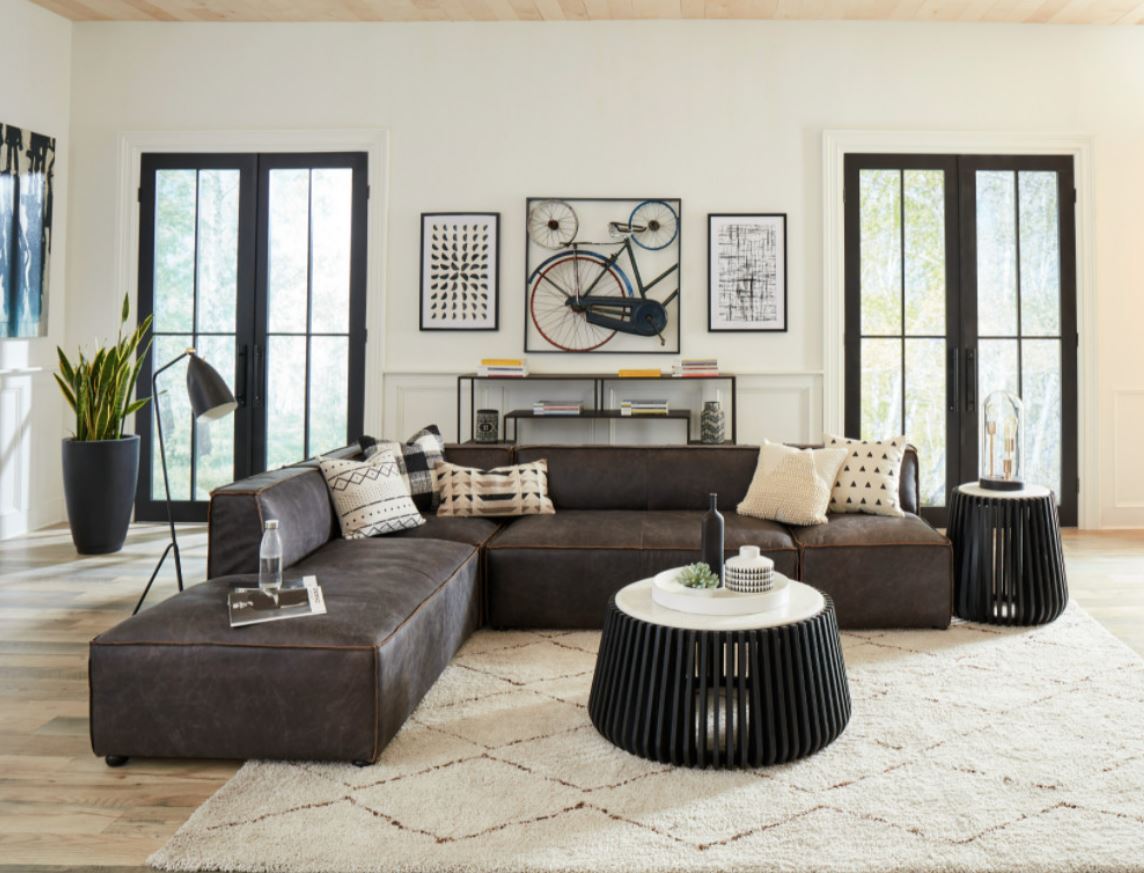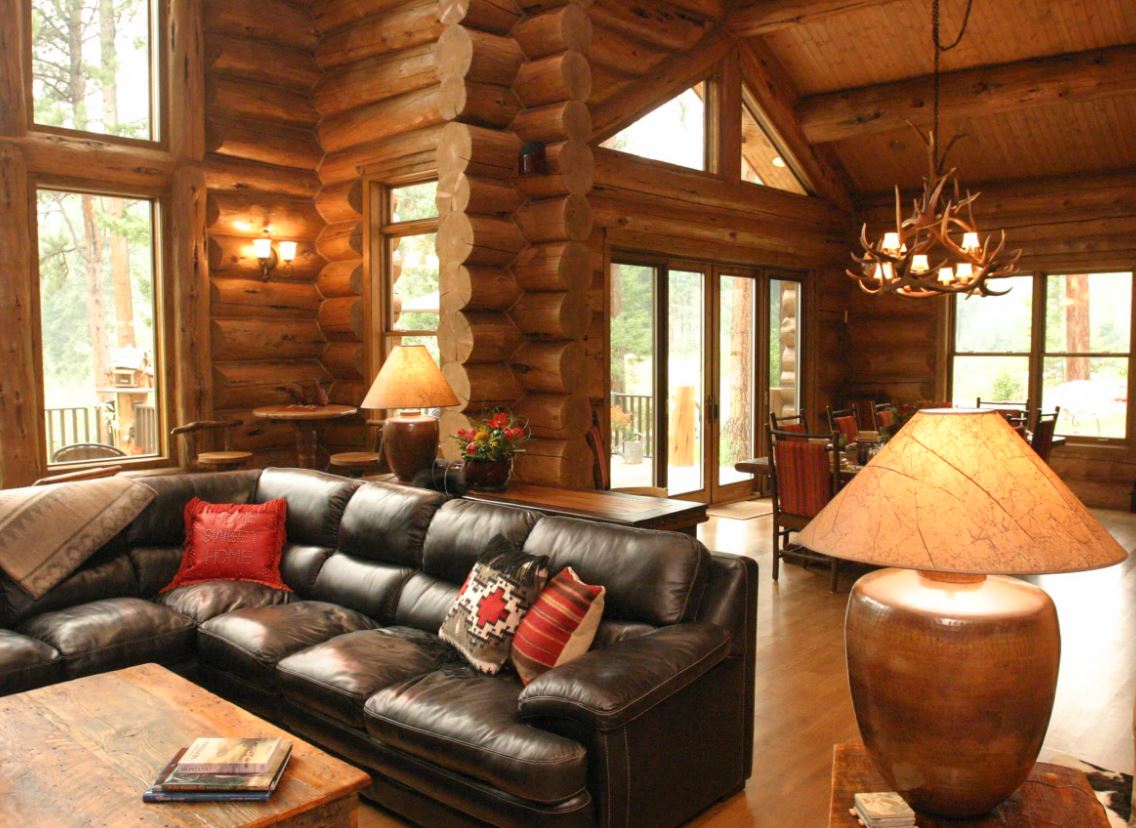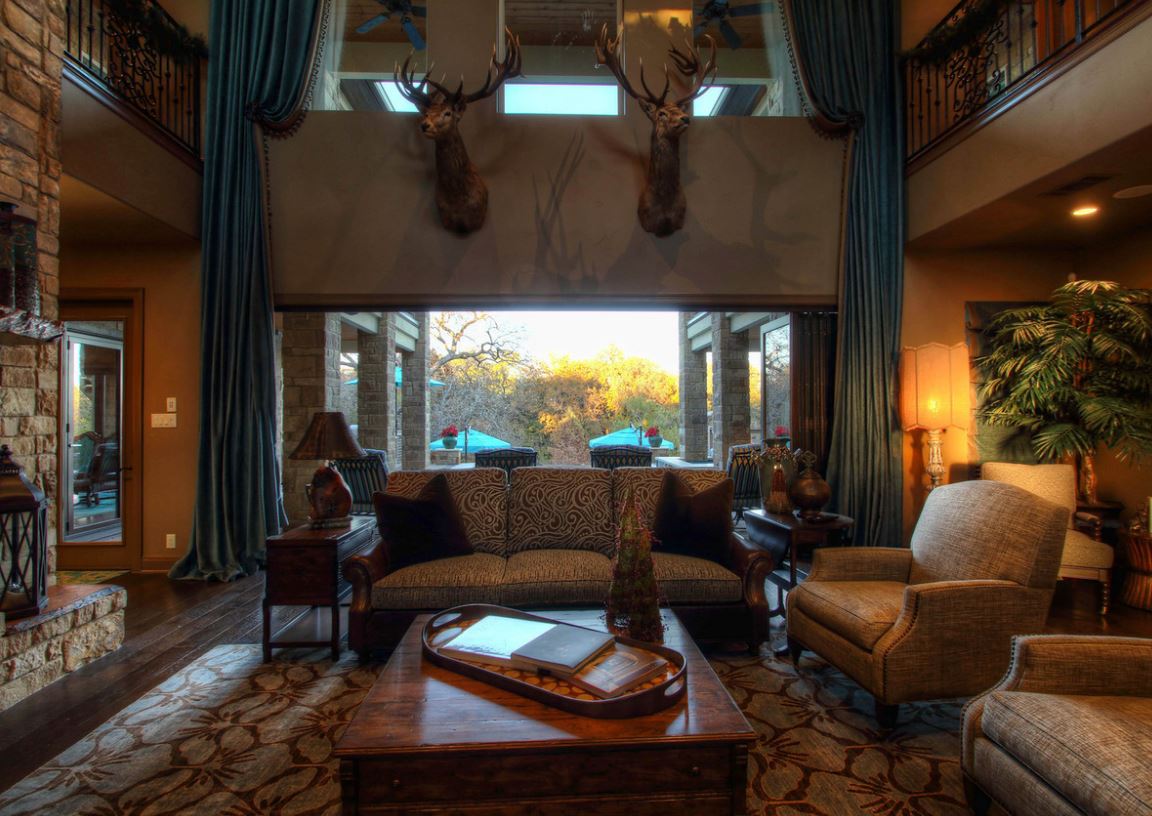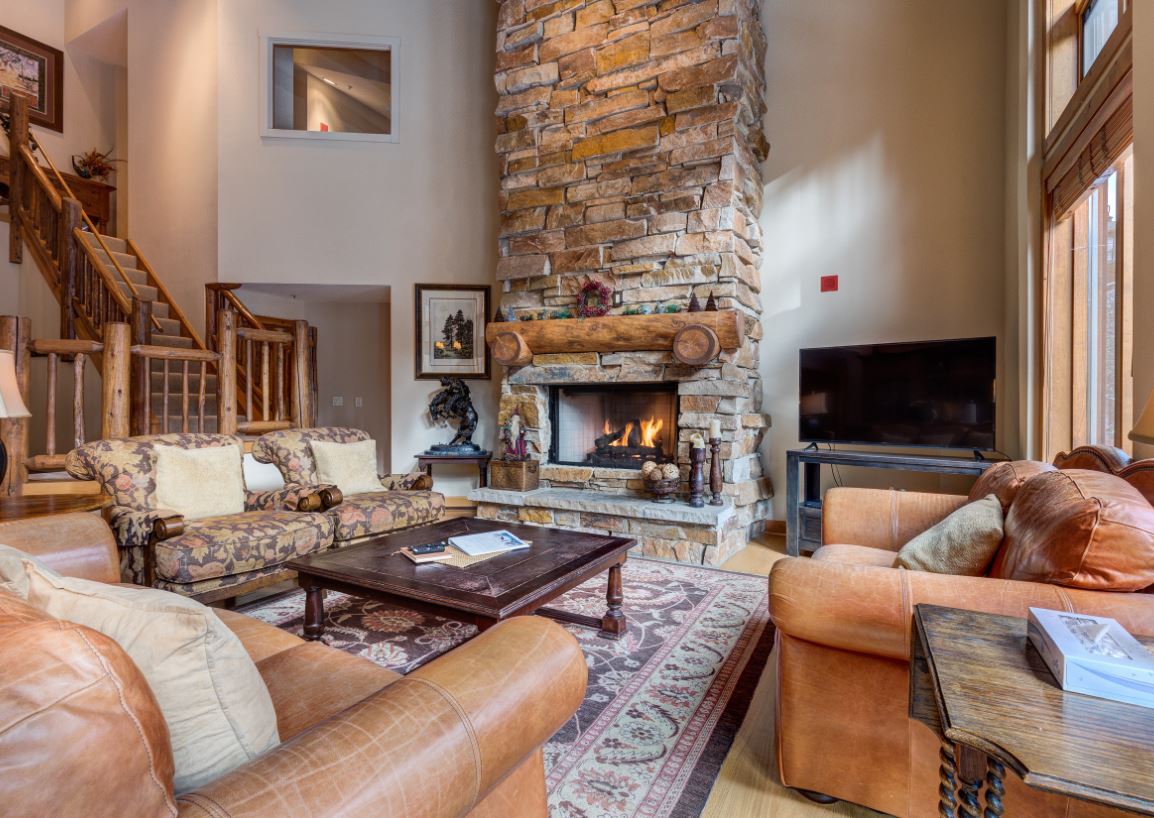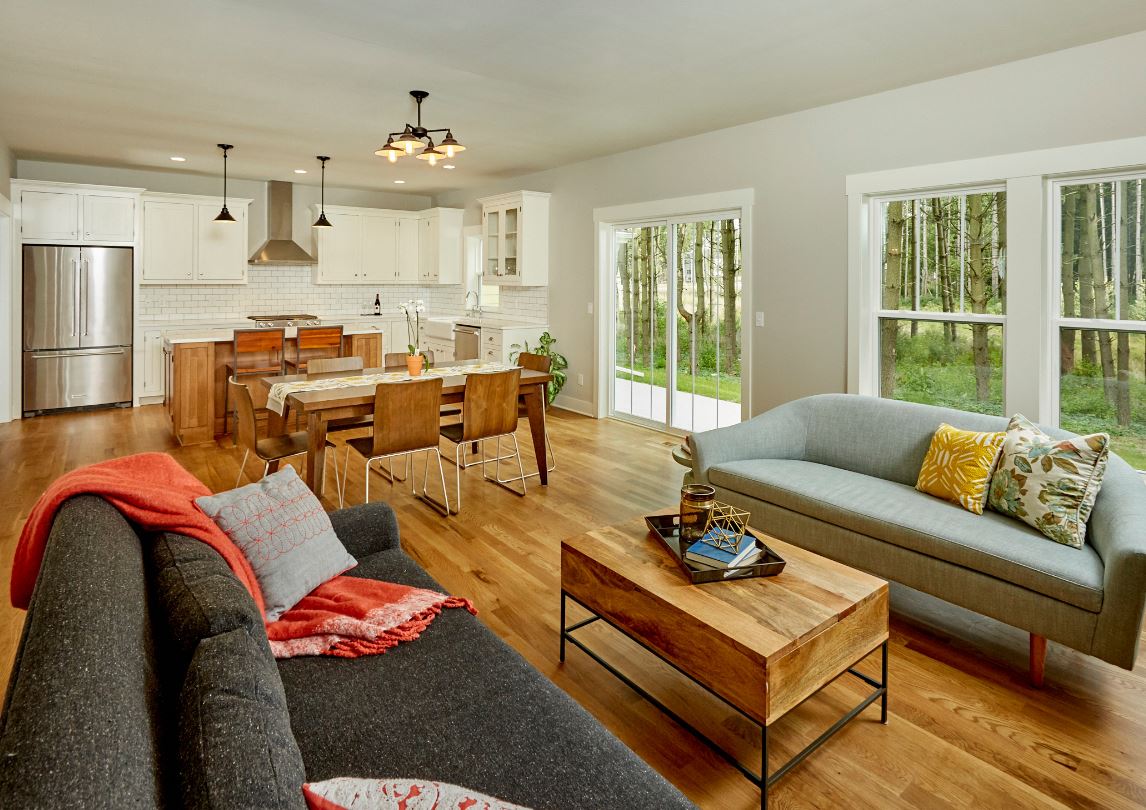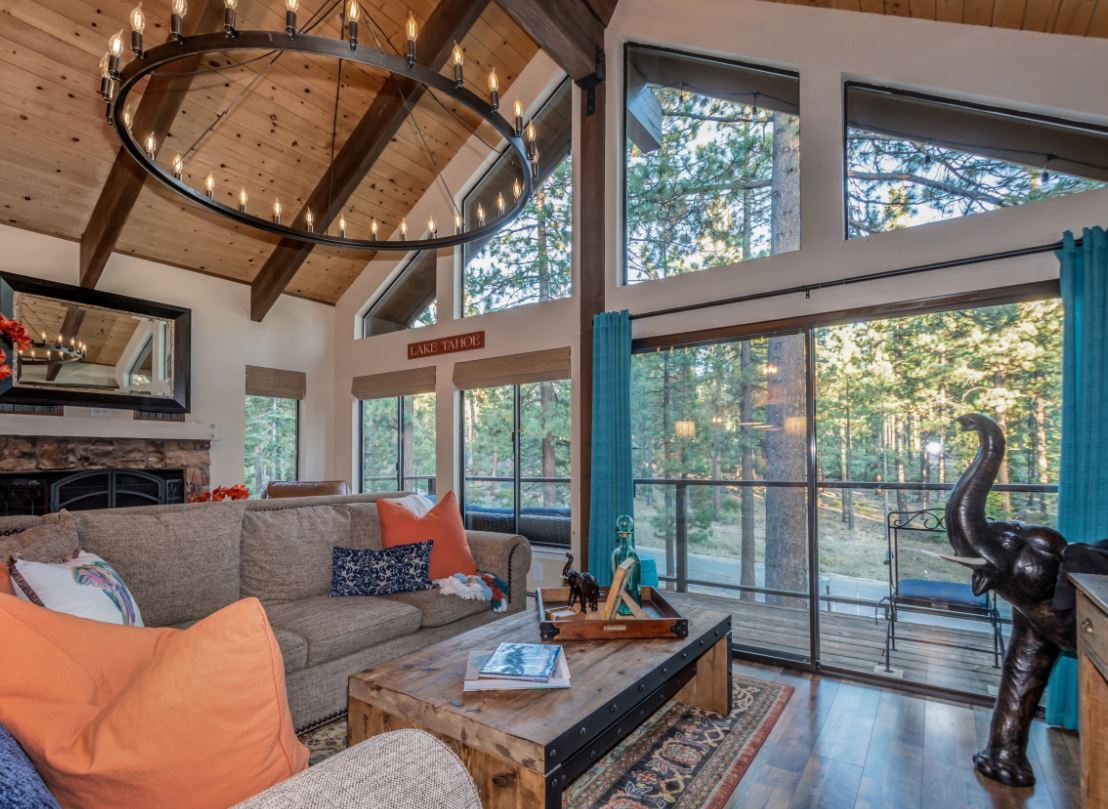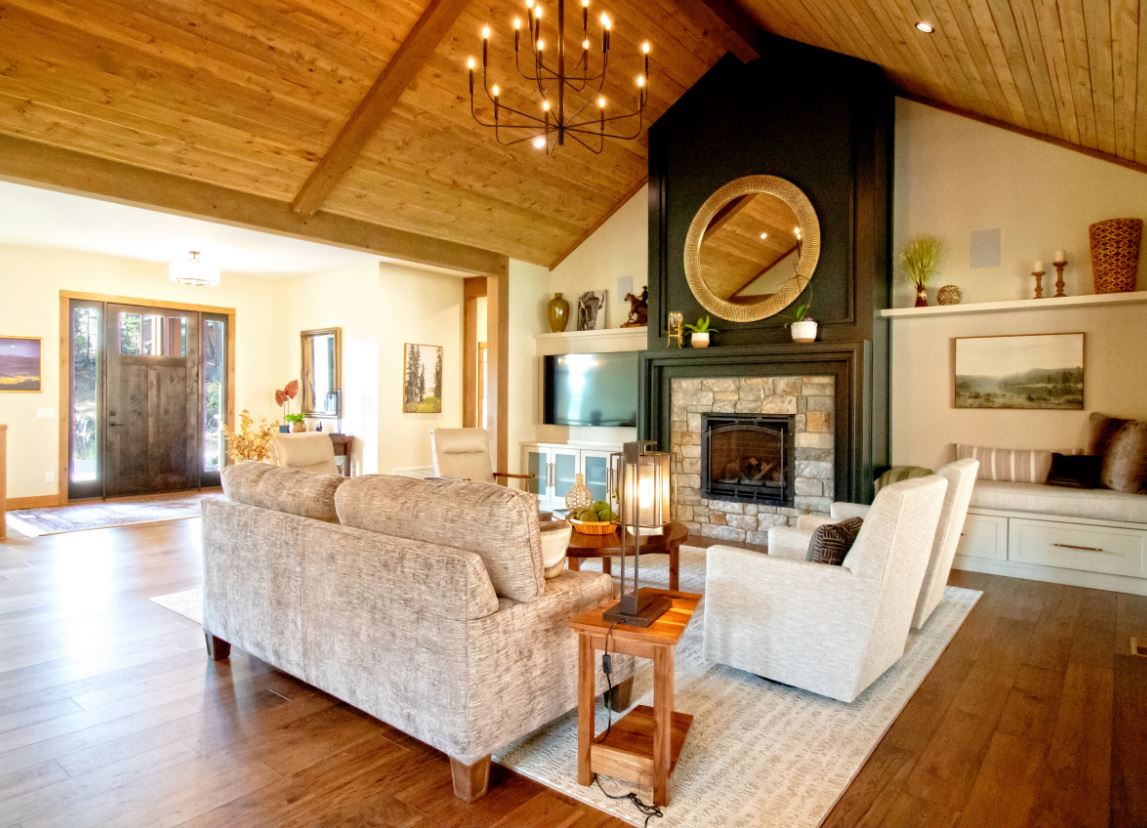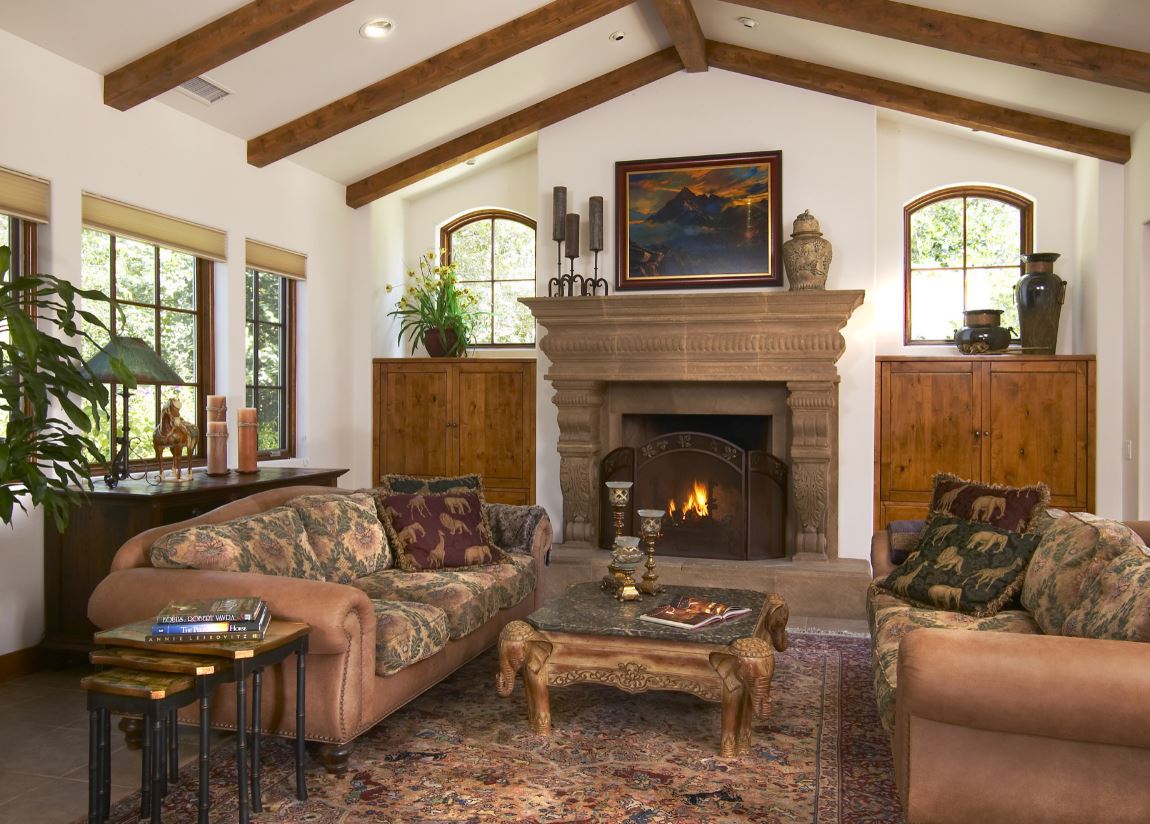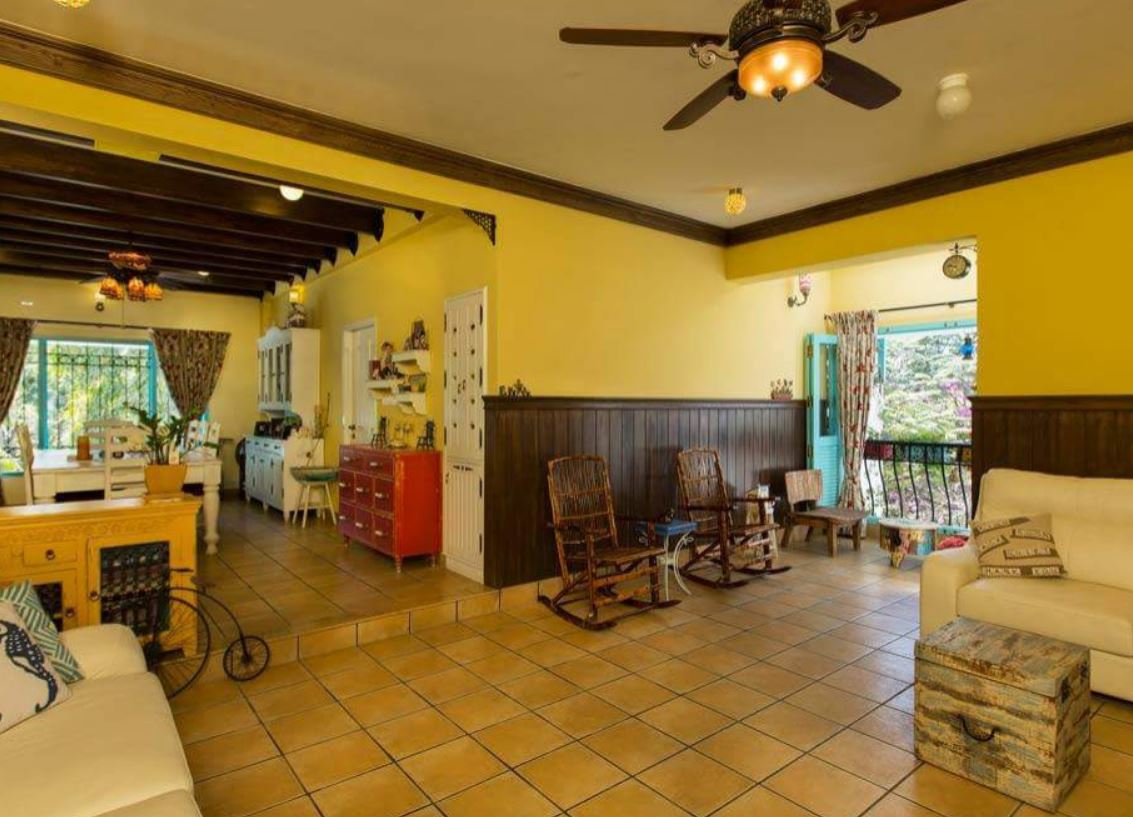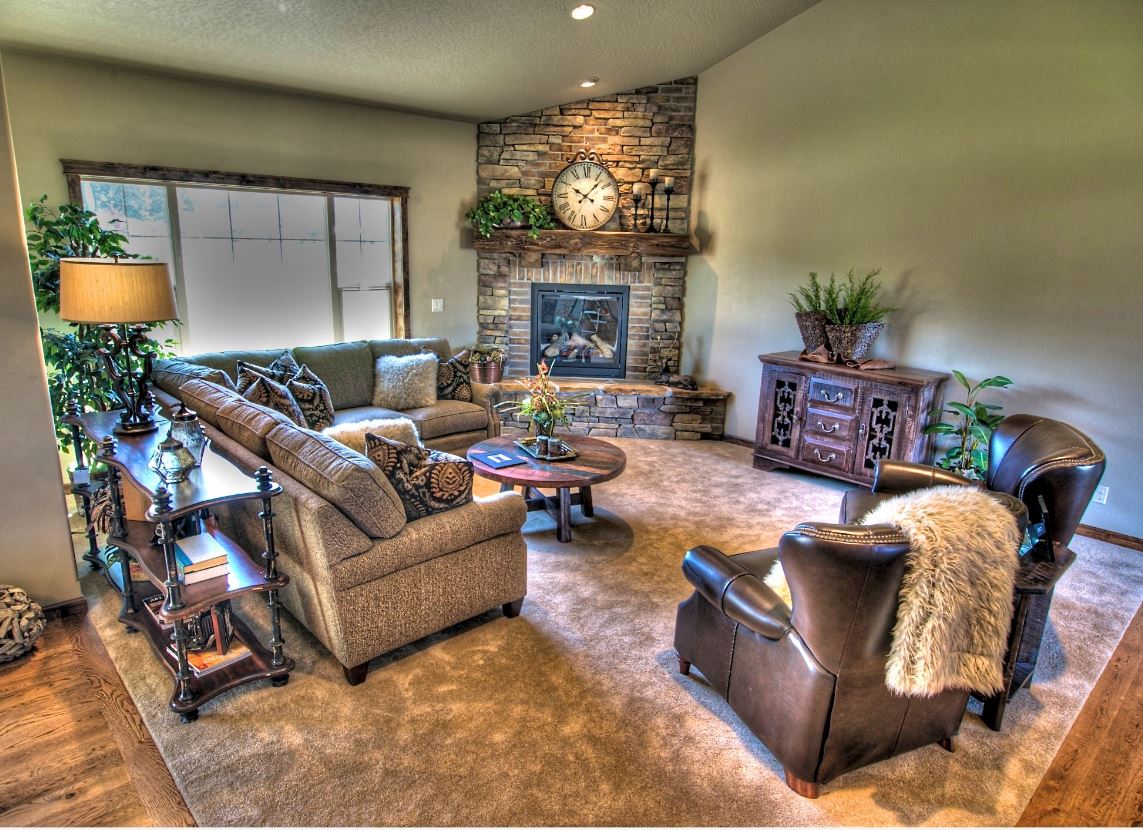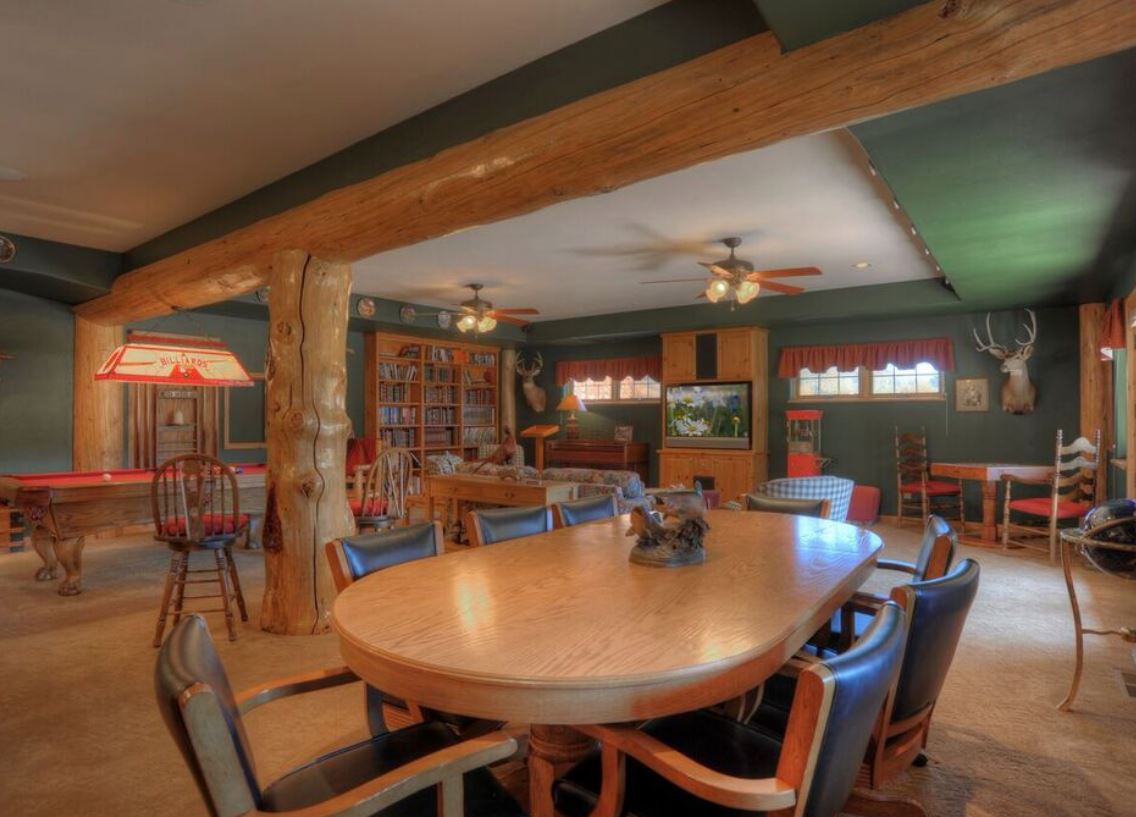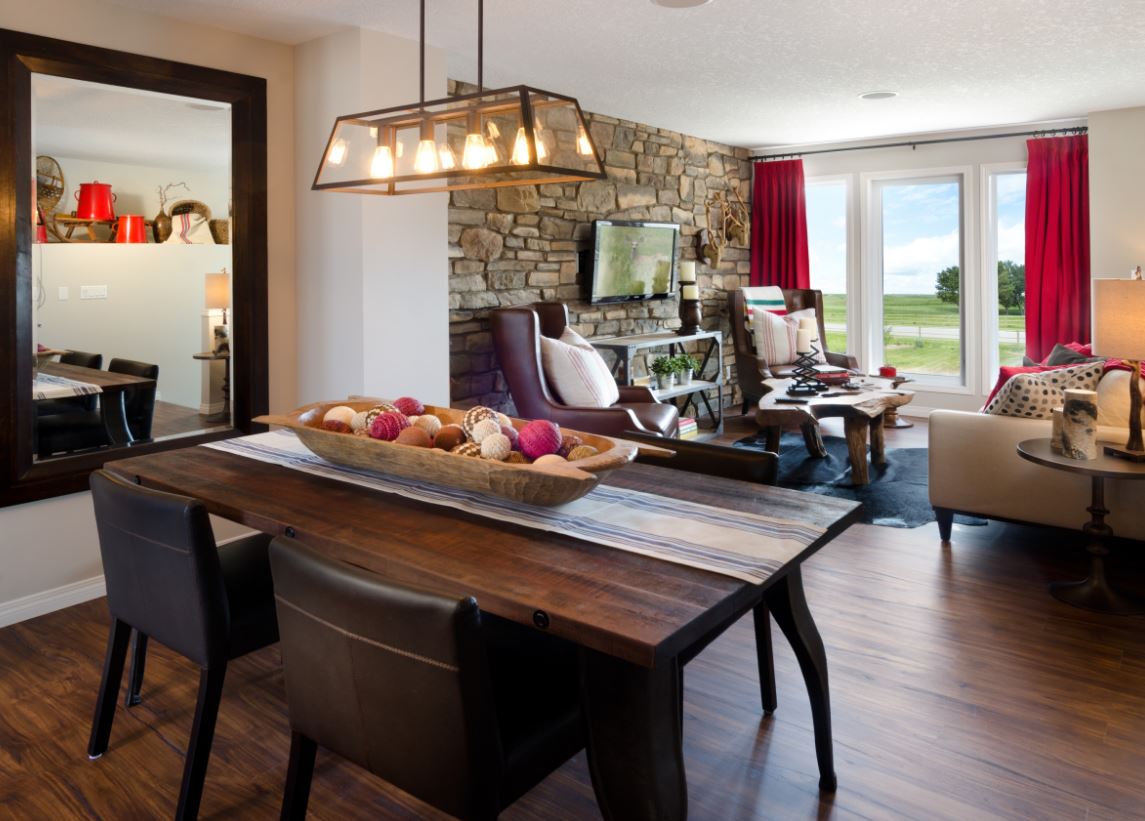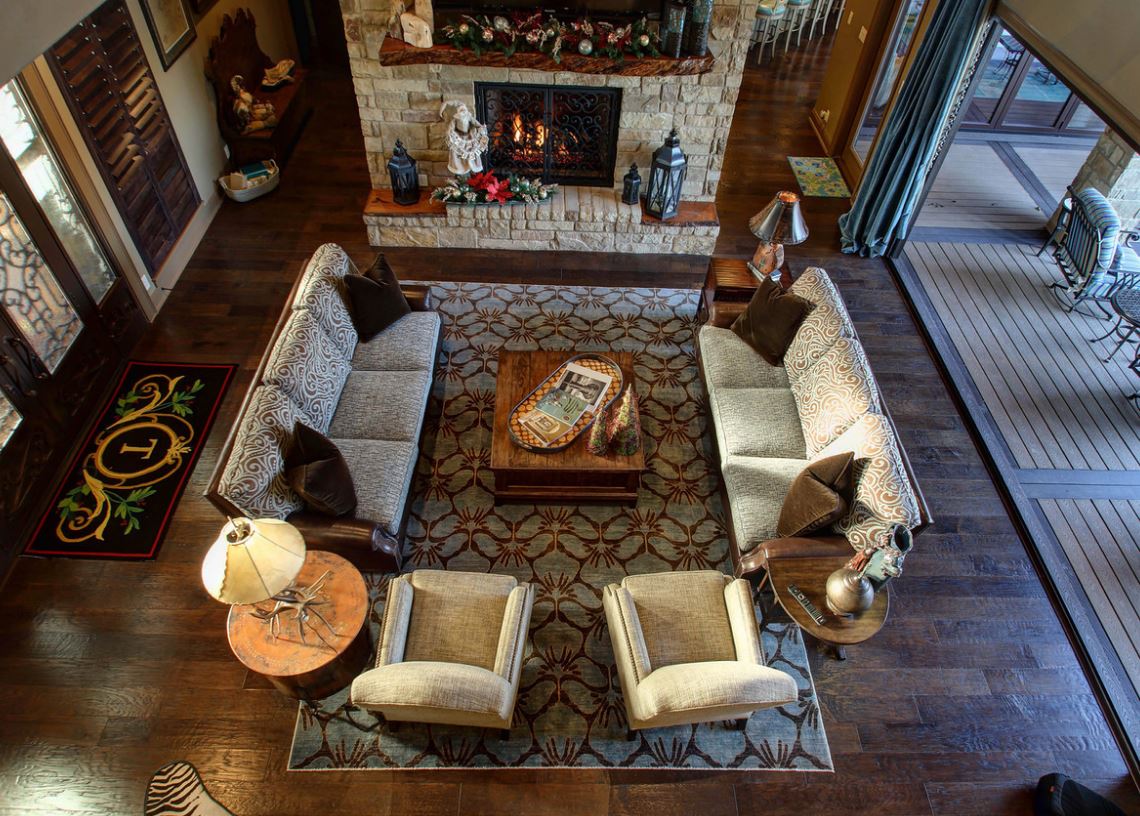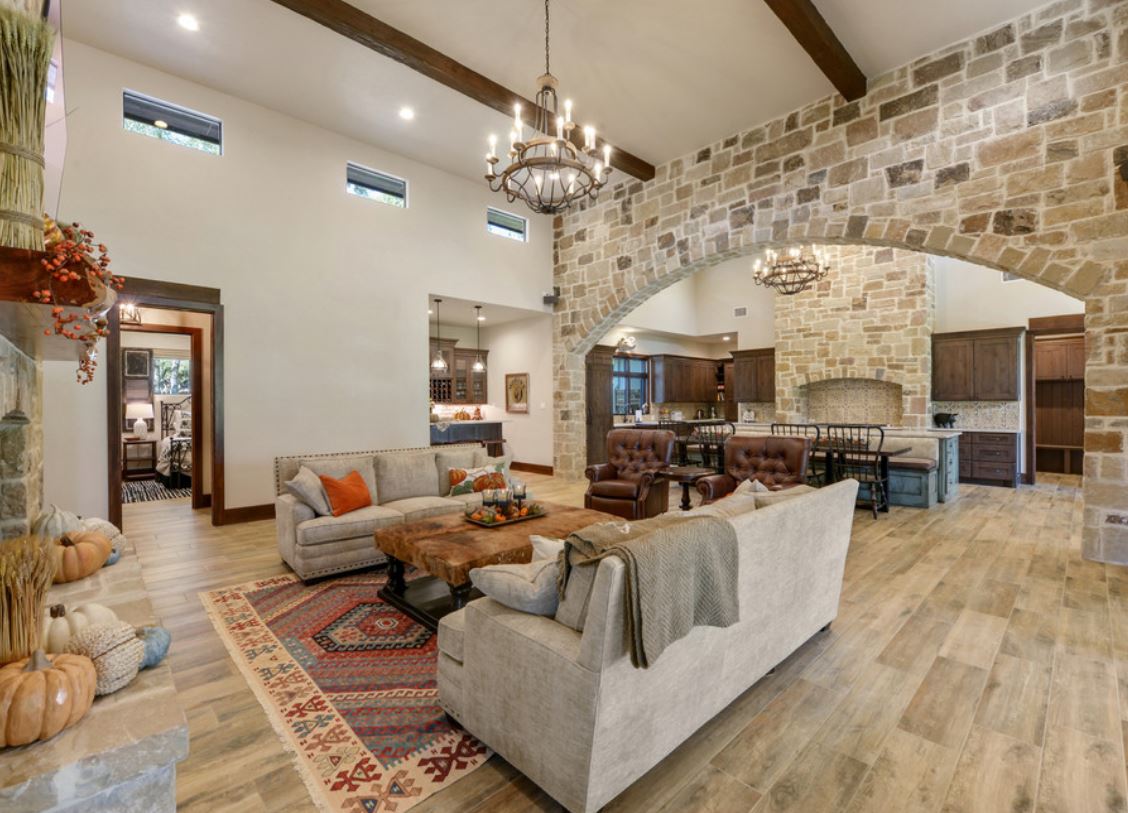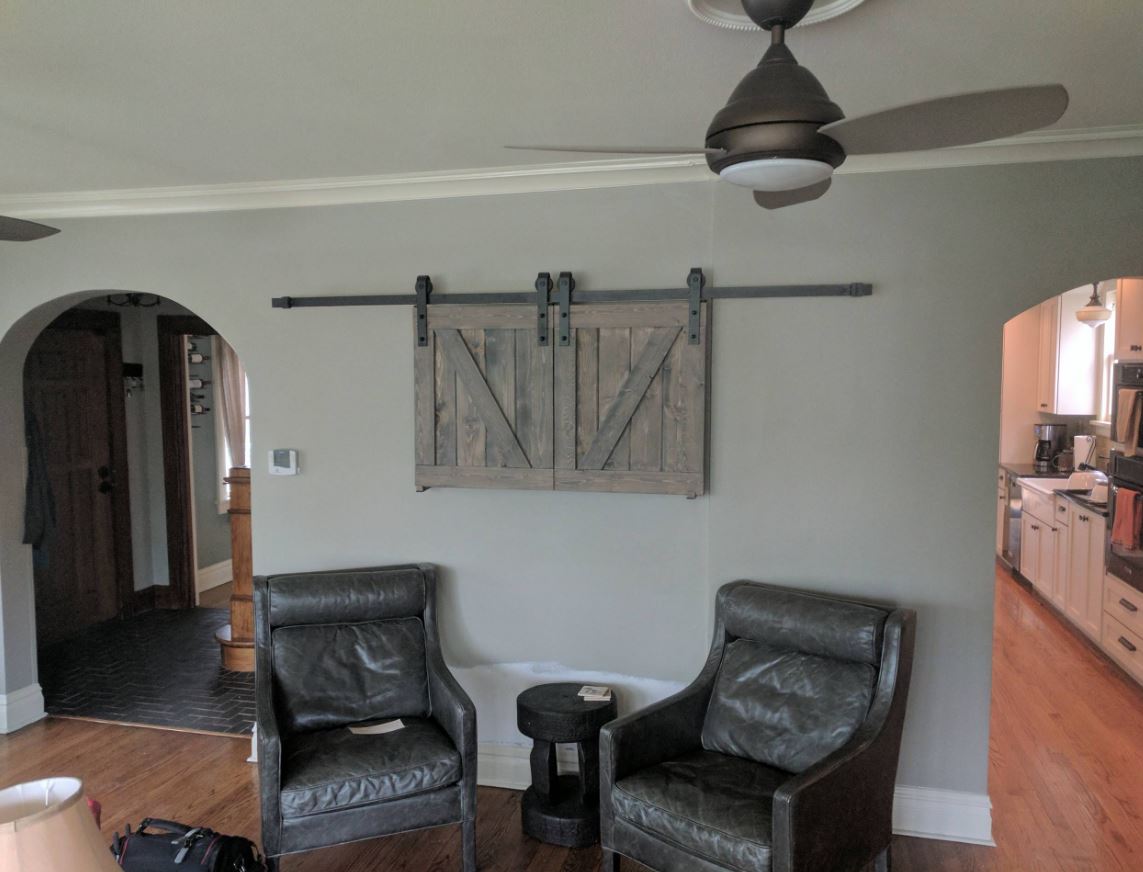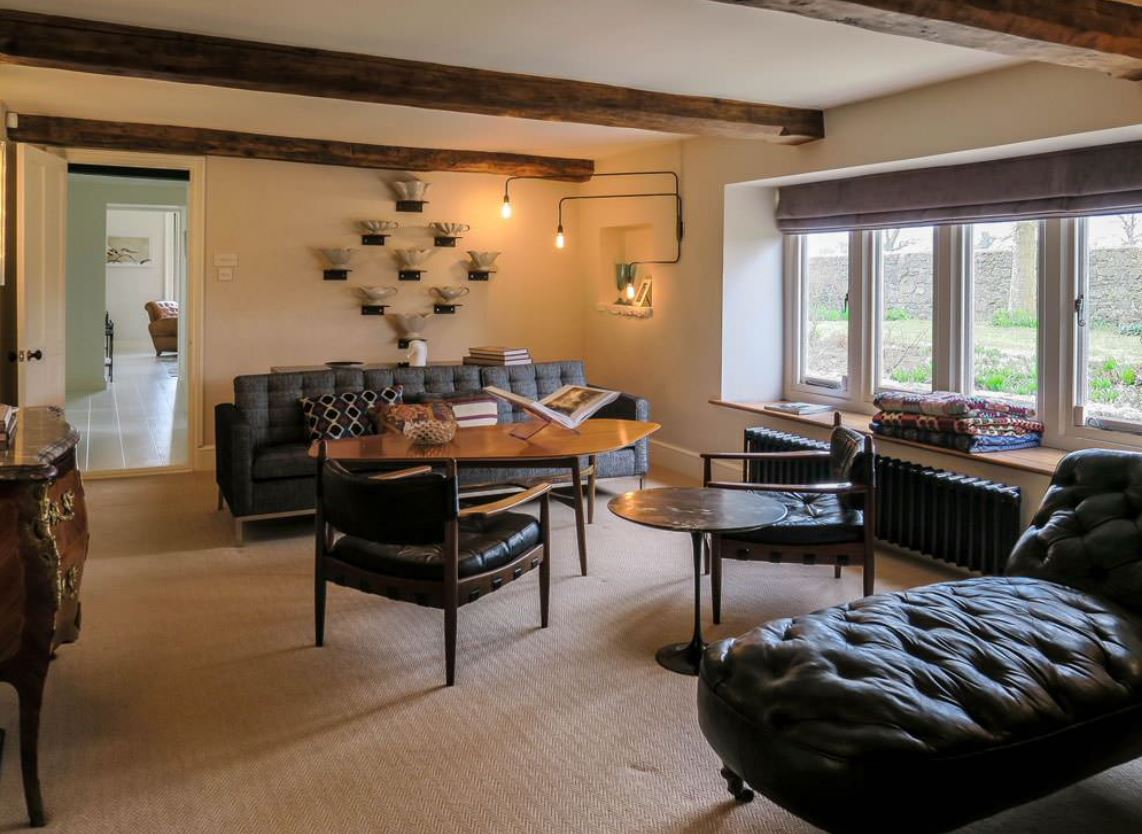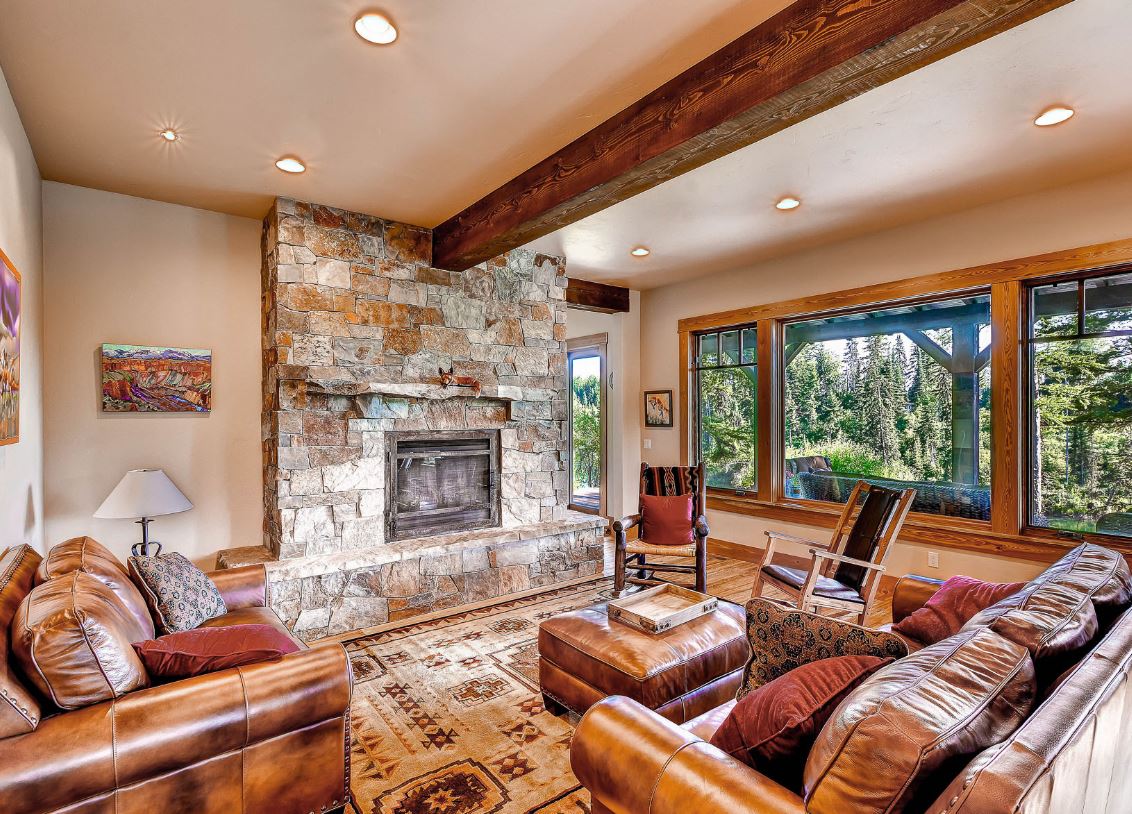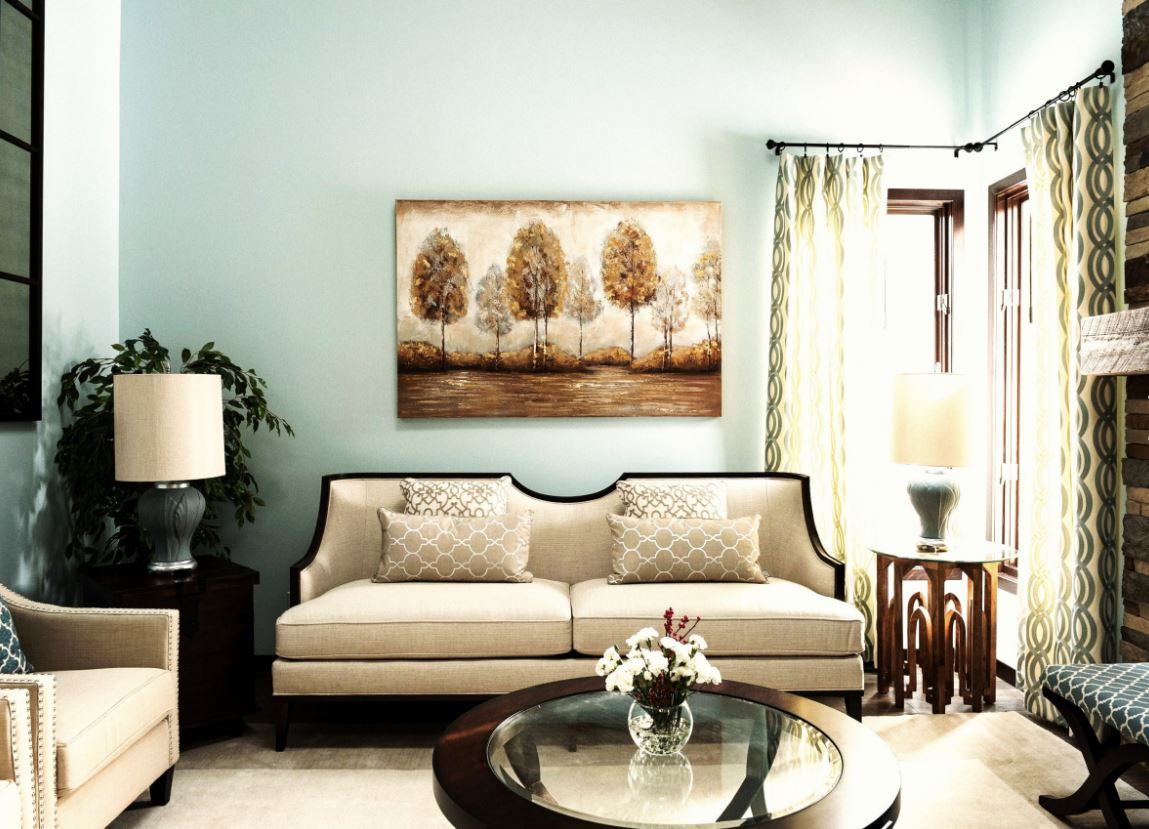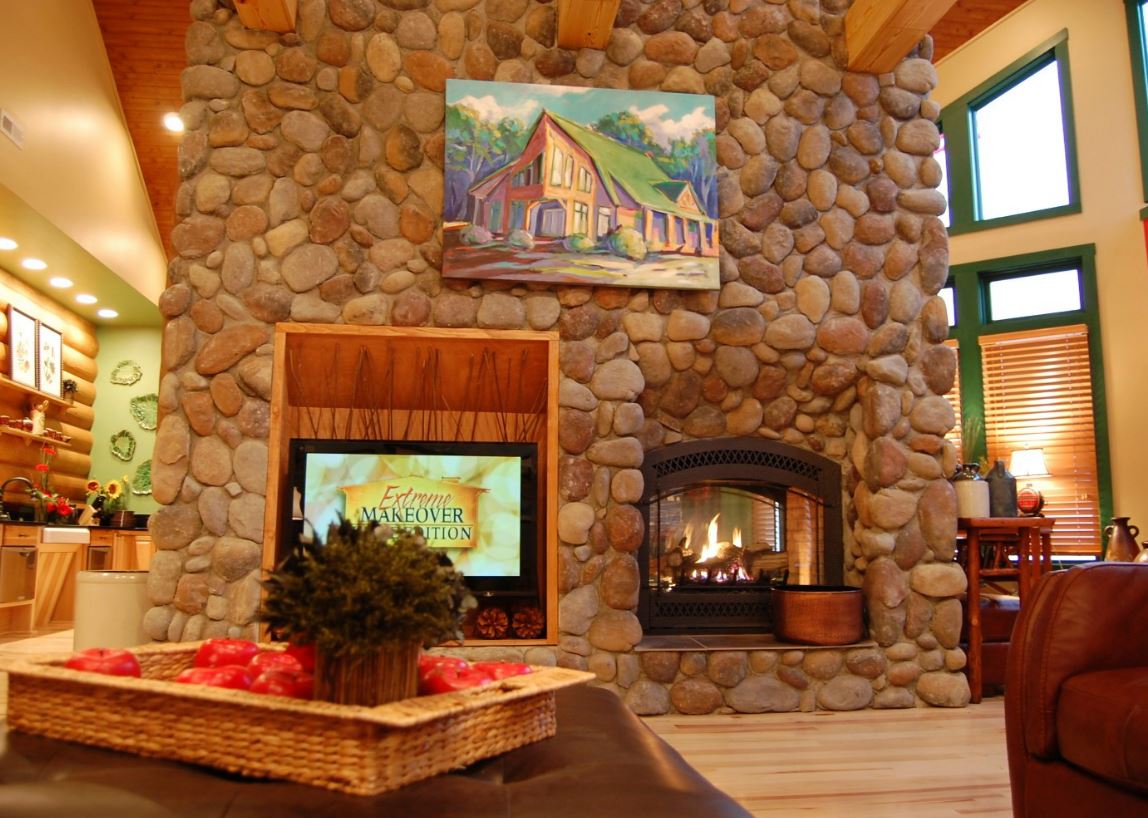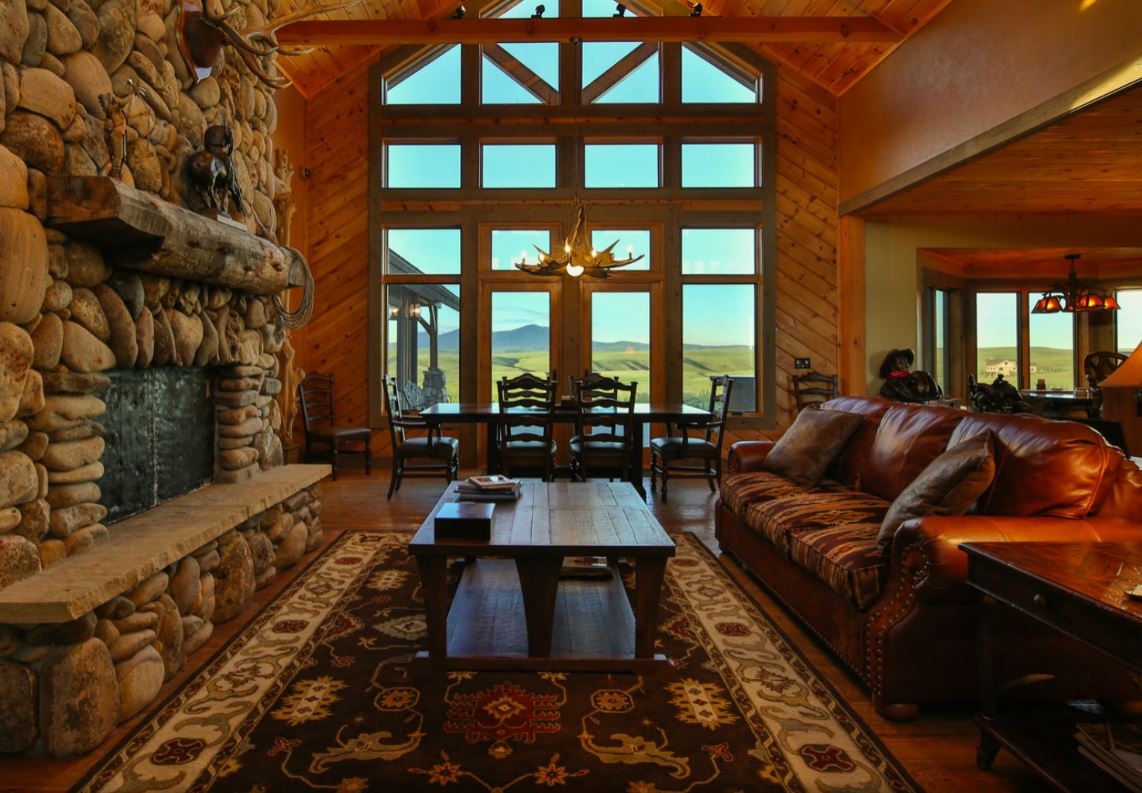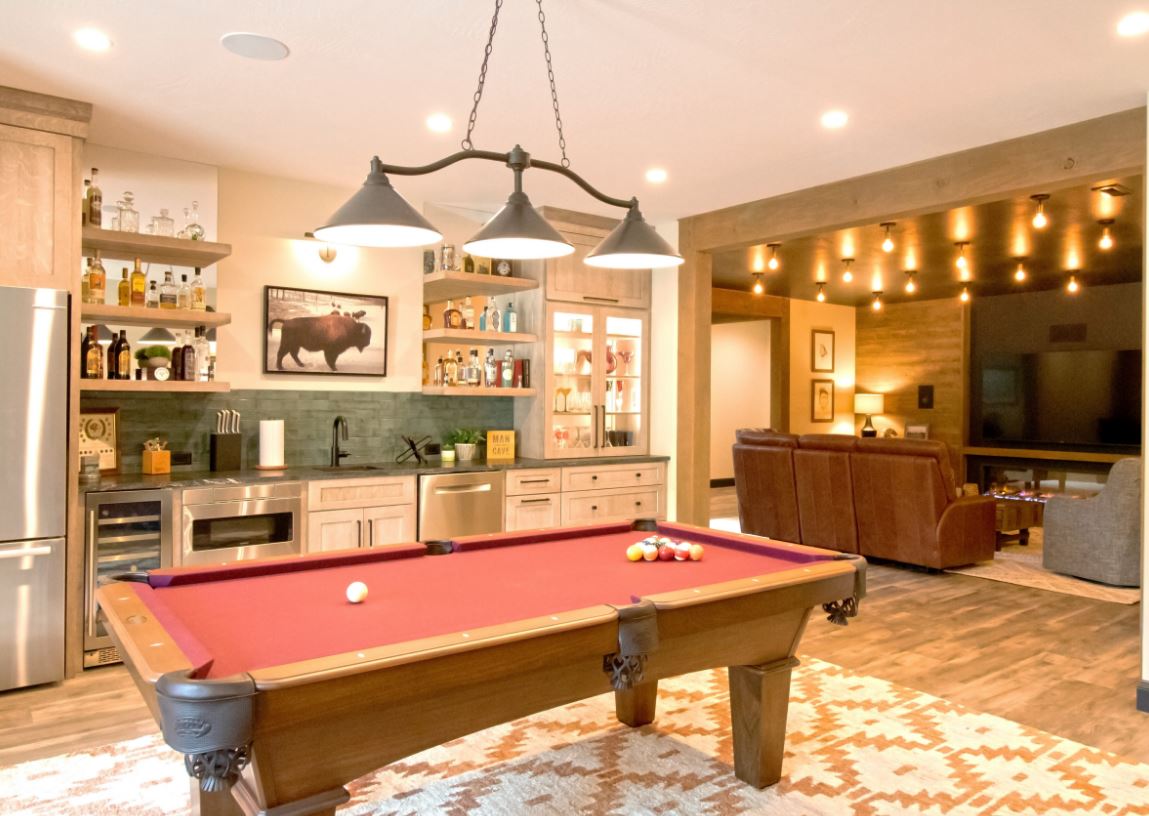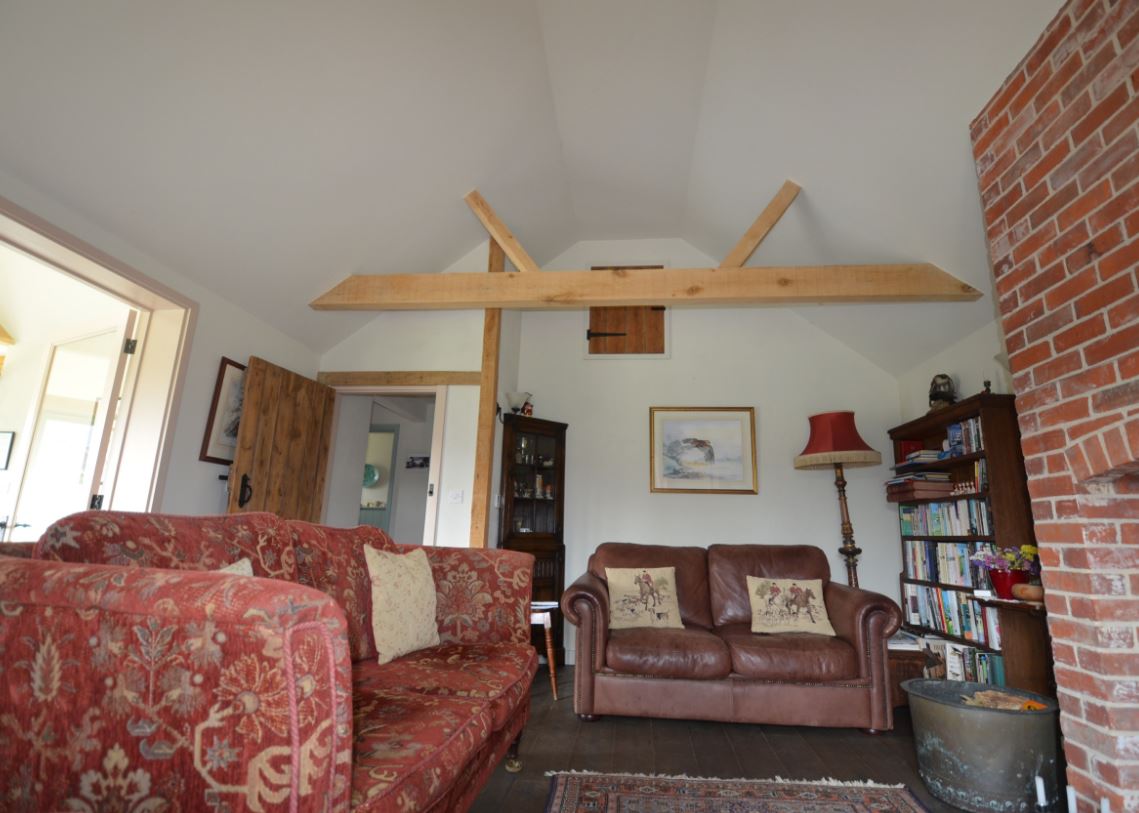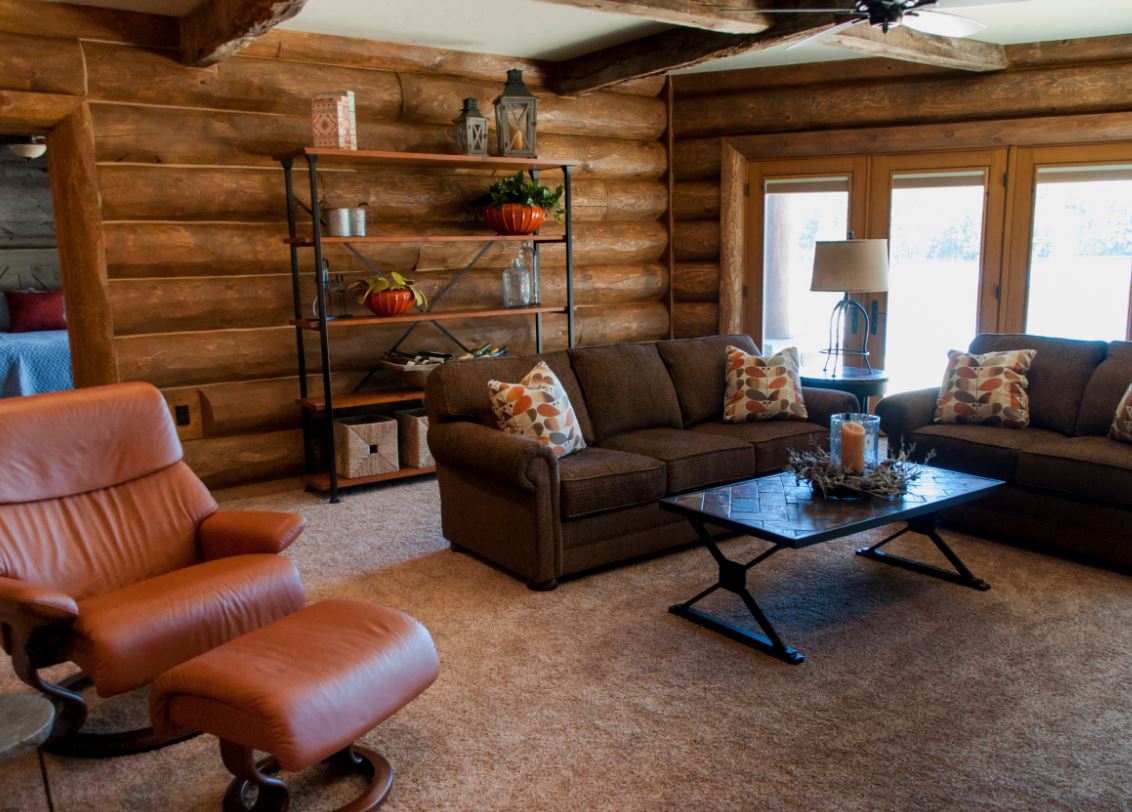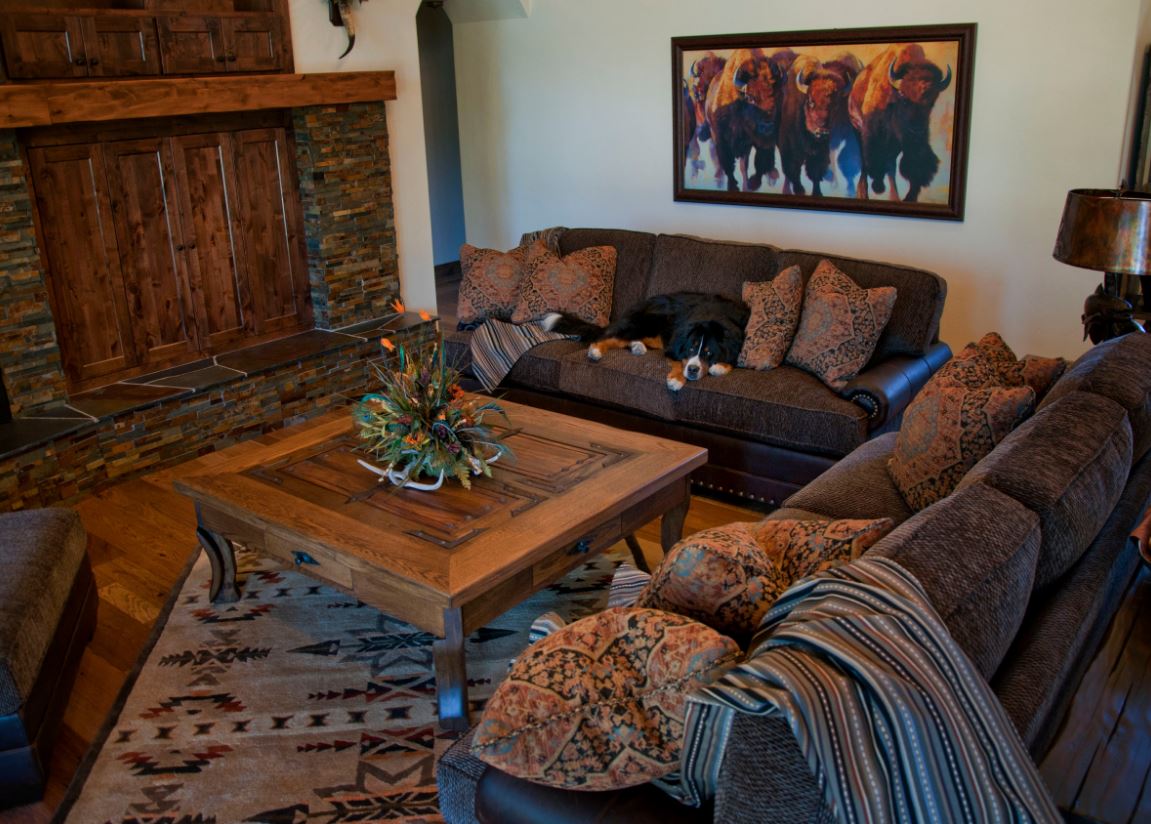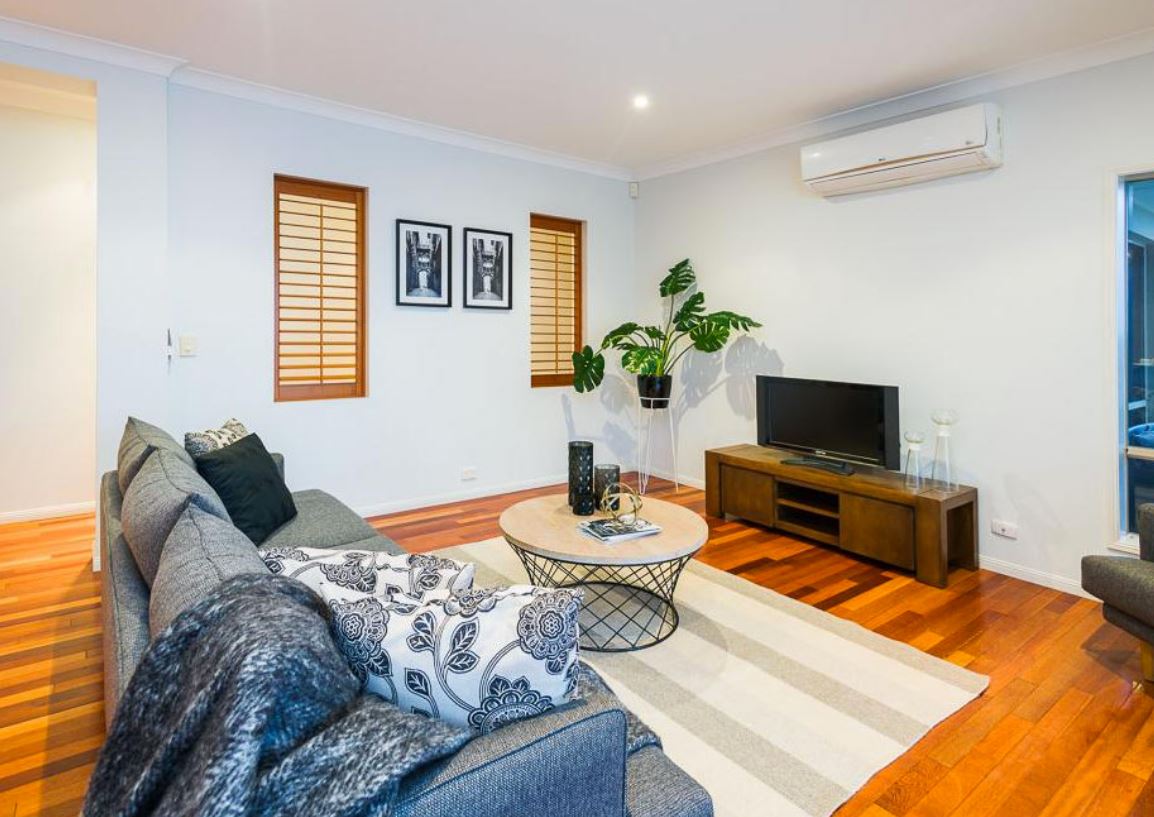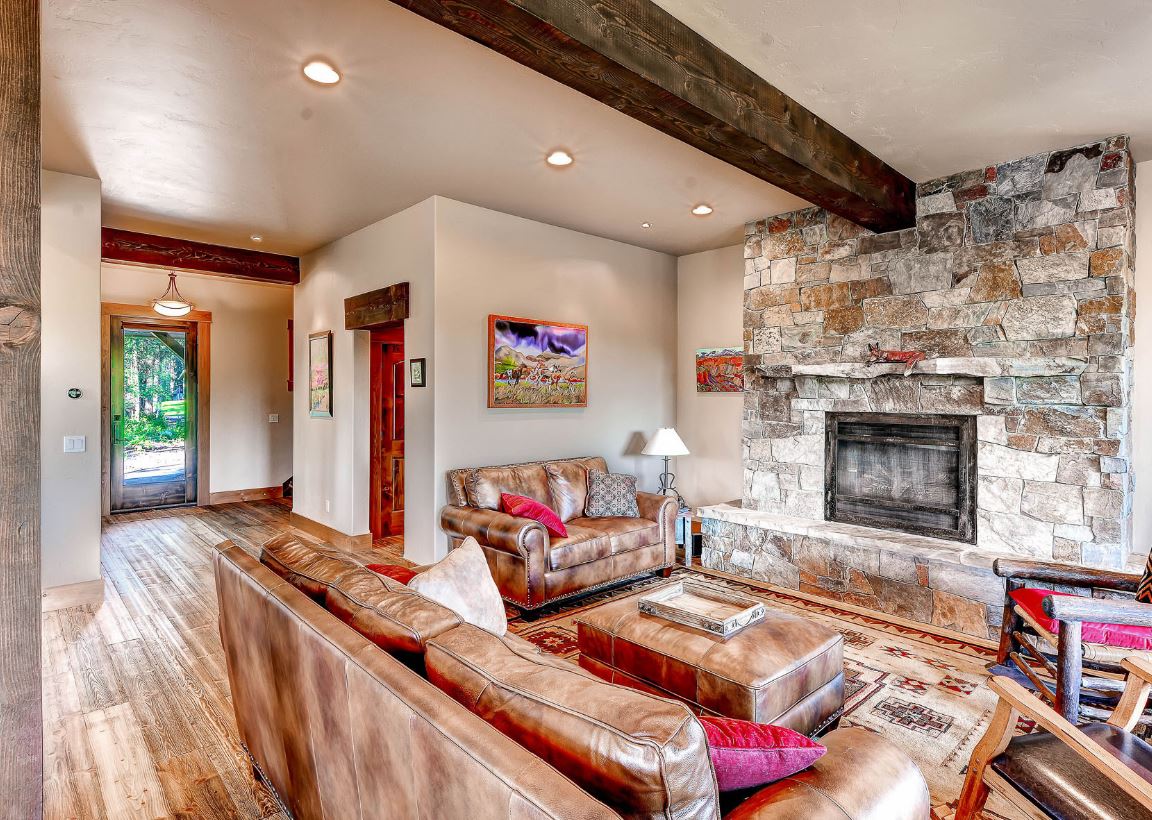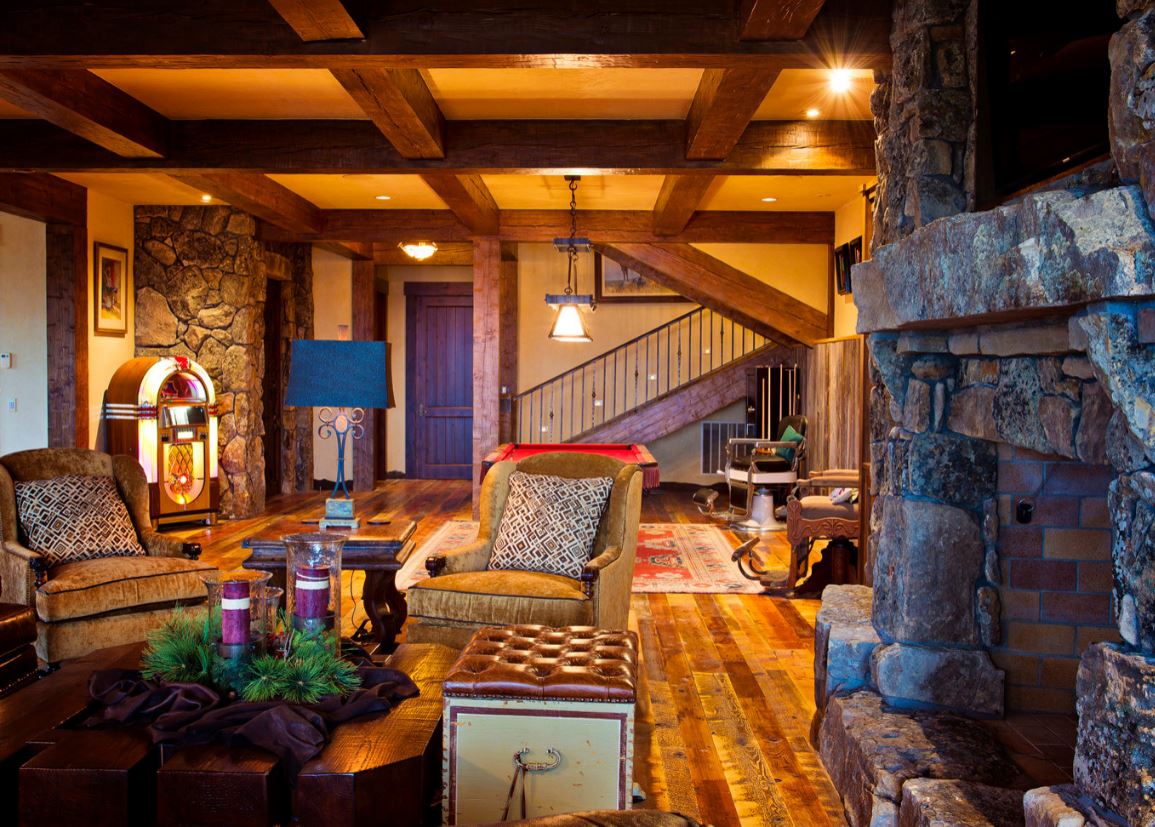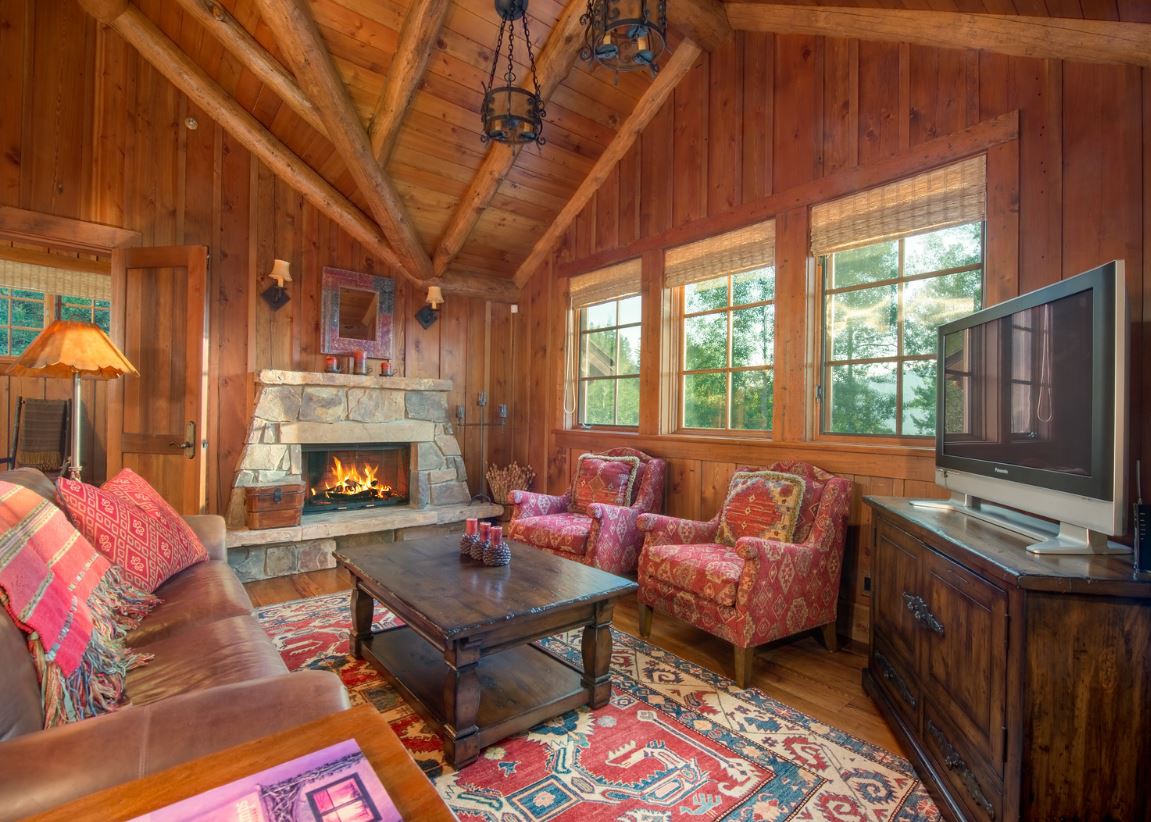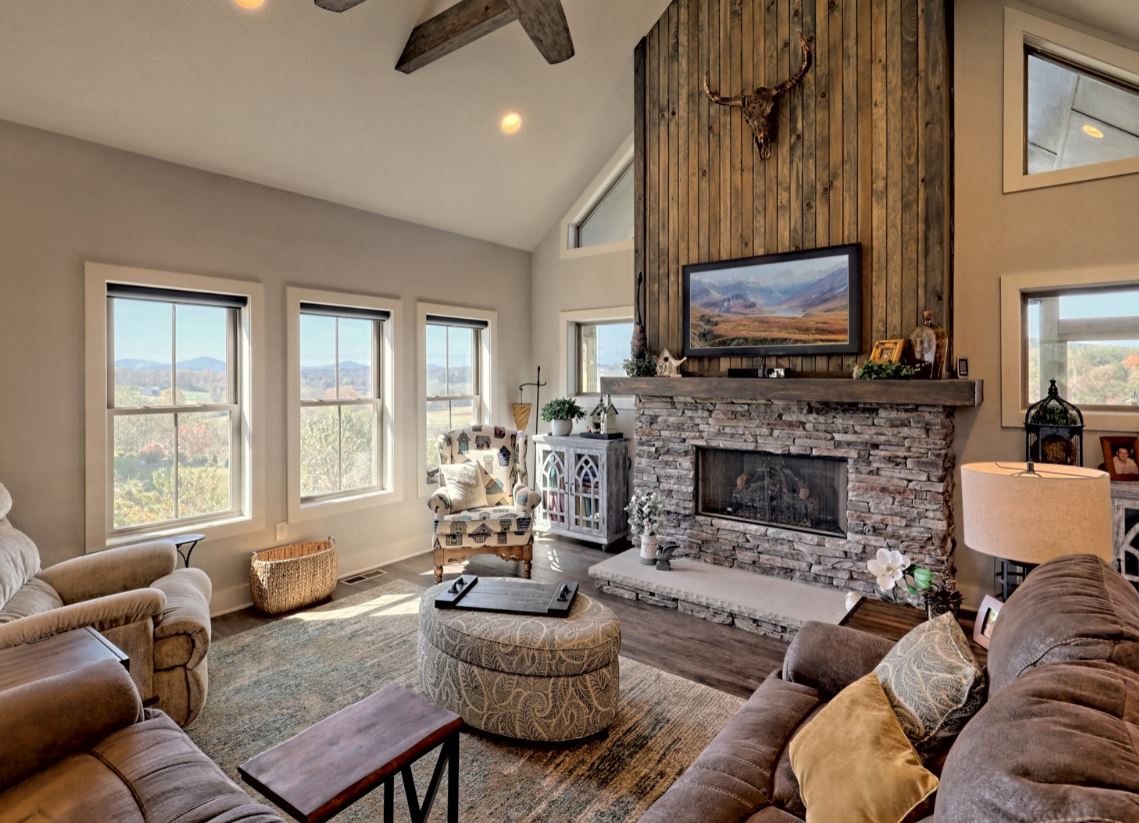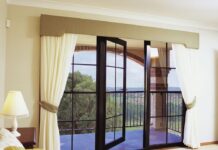Despite the fact that villages are present all over the planet and in all cultures, the rustic interior style originated in England. Therefore, it is characterized by tradition, conservatism and thrift. However, the design was popularized and endowed with the features of specific ethnic groups. And now lovers of rustic flavor have an extensive selection of options for a rustic living room with accents for every taste and tradition.
Characteristics
It is worth noting that any of the country designs has been in great demand lately. After all, the rustic style is comfort, environmental friendliness and tranquility, which are so lacking in the inhabitants of the “stone jungle”. For this reason, provincial design is used in city apartments.
The design is characterized by the following features:
- environmental friendliness of materials: wood, stone, wrought iron, leather, natural fabrics, ceramics;
- simplicity;
- accents of arts and crafts;
- reliable massive furniture of rough shape;
- the use of natural colors;
- Handmade décor.
From the list of long-established designs, several of the most attractive and interesting can be distinguished.
American Interior
American country music is characterized by elements of Native American art. Accents of Mexican, African, Hawaiian and, of course, English peoples are also applicable. Therefore, carved décor on bone and wood, weaving, ceramic accessories, patchwork or Indian print textiles were “registered” in the interior.
In addition, the design could not do without the flavors of the Wild West. The interior should contain:
- collections of firearms;
- Skins;
- stuffed animals;
- Stirrups;
- Horseshoe;
- Bridles.
Such a cowboy set is quite calmly adjacent to objects of art, including paintings depicting hunting, a gramophone, a piano and an old-style sewing machine, as well as other items of the industrial revolution of the 19th century.
Scandinavian Country
This ethnic group draws its inspiration from several countries: Norway, Finland, Sweden, Denmark, Iceland and the culture of the peoples of the Faroe Islands. The mixture of their generalized cultures gives rise to a unique interior with archaic and progressive accents.
This ethnic group is characterized by asceticism with the following characteristic differences:
- the predominance of wood in decoration and furniture;
- functional environment;
- simplicity;
- spaciousness;
- good natural light;
- natural fabrics;
- muted color palette;
- the use of ceramics painted with blue and cobalt hues;
- Great attention to everyday accessories.
In addition to rough furniture in interiors in the Scandinavian style, it is permissible to use handmade furnishings.
French Provence
Provence originated on the lands of provincial France on the Mediterranean coast. The first mention of this design trend is the World Exhibition in Paris, which took place in 1900.
The rustic interior is a reflection of the natural features of the province of Provence. This is:
- lavender fields;
- Sunflowers;
- Spices;
- marine themes;
- olive groves.
Therefore, the style is characterized by the use of red, white, yellow, blue, terracotta and lavender colors. At the same time, the paints should give the impression of a range burnt out in the sun. Artificial aging, craquelure and irregularities are observed on the furniture.
The ceiling is decorated with wooden beams and ceramic tiles on the floor. Stone is used for the walls, wooden shutters for windows. Ceramic tableware is usually painted with bright colors, and furniture is complemented by wicker details.
Russian design
Our homeland has an equally rich history with its inherent traditions in the interior. Although the style itself originated quite recently. It has the following features:
- the main finishing material is wood;
- the situation is characterized by rectangular shapes (chests, tables, benches);
- wood and clay are used for dishes (for pots);
- textiles are decorated with embroidery of bright colors and catchy ornaments;
- the interior is complemented by carved accessories;
- the abundance of painting is performed in the technique of “Gzhel” and “Khokhloma”;
- The décor is Pavloposad shawls, Vologda lace, Zhostovo trays and products from Palekh, namely: nesting dolls, whistles, rag dolls, birds, amulets.
- window openings are framed in a decorative way;
- bedspreads and blankets are decorated with patchwork décor;
- There are products made of birch bark.
In addition, do not forget about the importance of religion in the culture of Russia. Therefore, in the living room there are icons, church candles and towels made of homespun canvas.
To perform the design in the rustic style of Russia is probably the easiest. After all, the traditions peculiar to the Slavic people are studied even in the school curriculum. Therefore, showing a little imagination, it will be possible to perform an interesting imitation of a Russian hut in the room.
Finishes & Accessories
Rough finishes and shapes in the “rustic” living room are softened by soft rugs, colorful accessories, an abundance of natural light or artificial light bulbs. At the same time, it is important to maintain a balance in the design. For example, using wooden beams, the ceiling should be left white. The walls are decorated with plaster or paint in pastel shades. In addition, it is permissible to use wallpaper with a delicate floral print.
For flooring, quite familiar and traditional materials are used, including wood, tile or stone. And soft rugs will help to insulate its surface. Antique stylized shelves, shelves and tables should be decorated with openwork knitted napkins. Curtains made of cotton or linen can be decorated with an ethnic print.
In addition to fresh flowers, dried flowers are often used in rustic interiors, family photos are installed on walls and shelves. In this case, the lighting should have a soft warm light. In general, such a living room is suitable for people who appreciate family values, cultural traditions, coziness and comfort. It is suitable for everyone who needs a calm and peaceful environment.
















